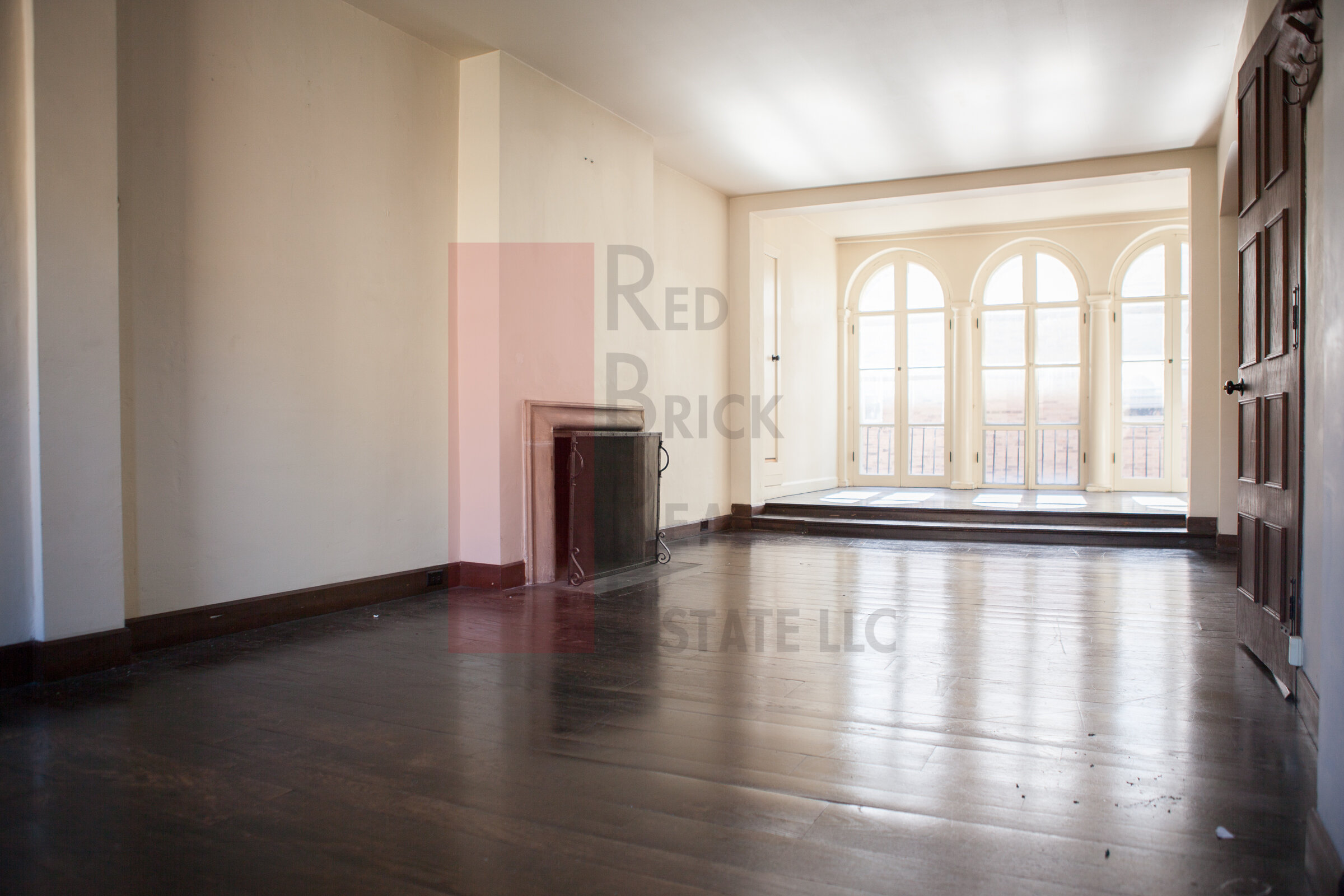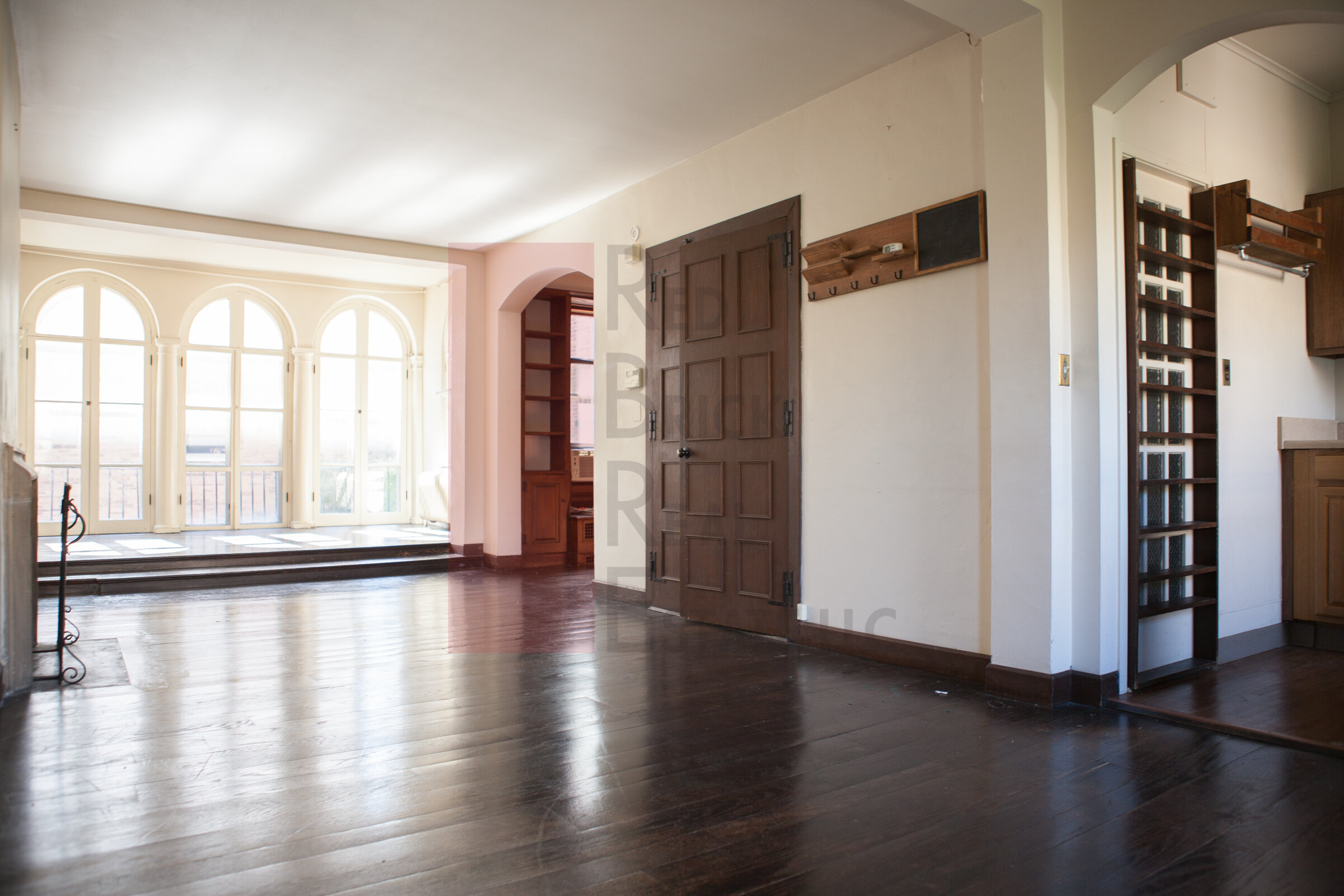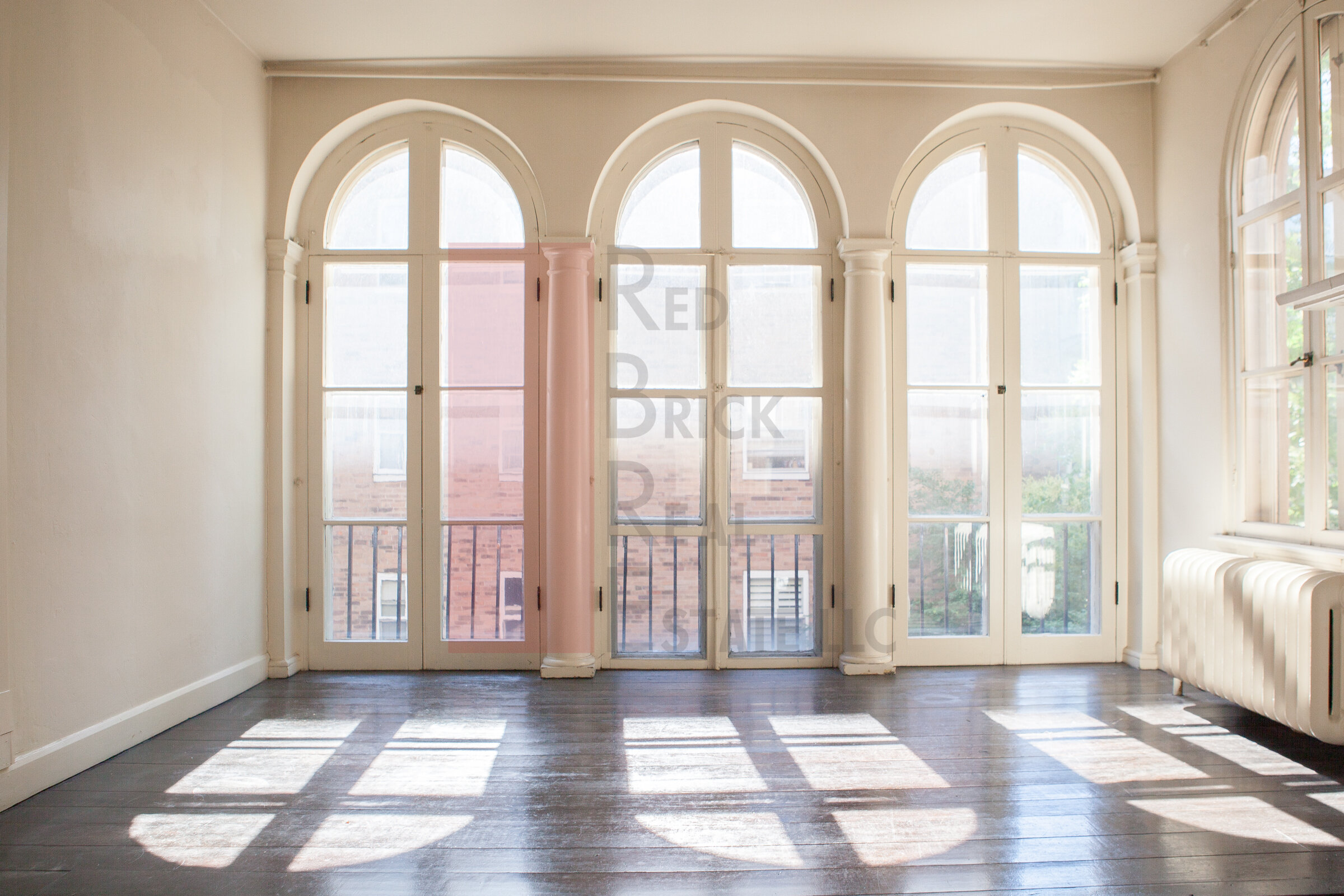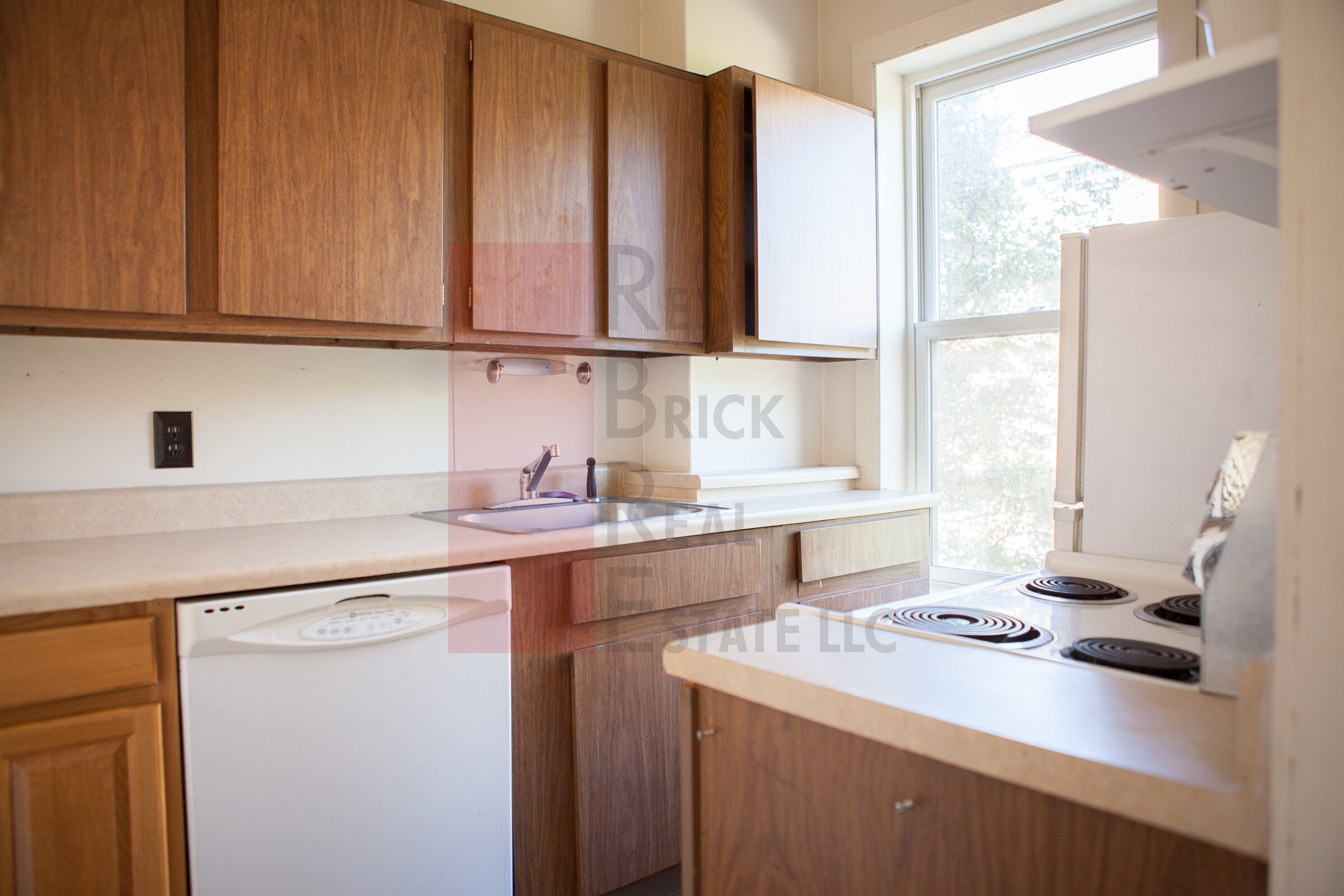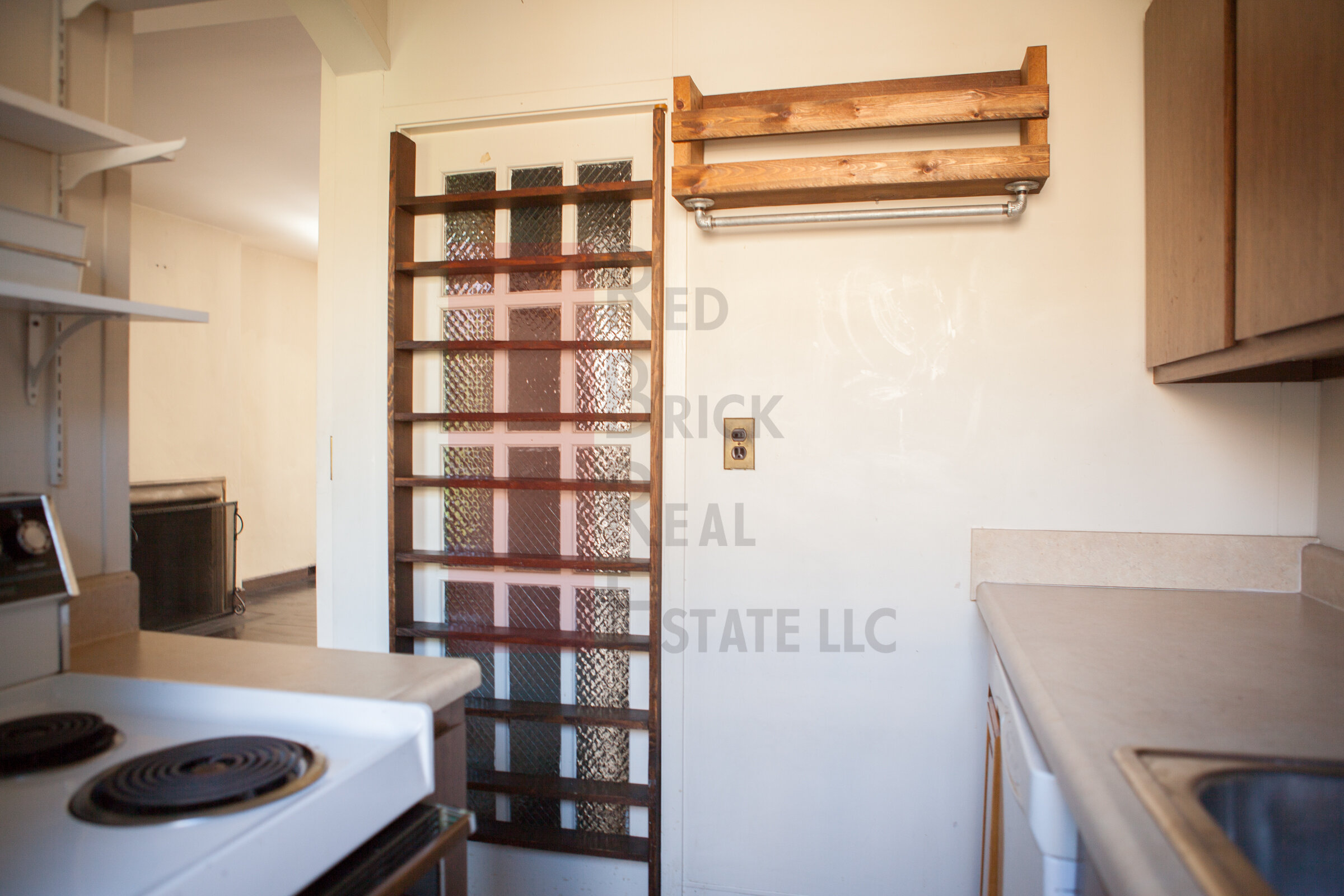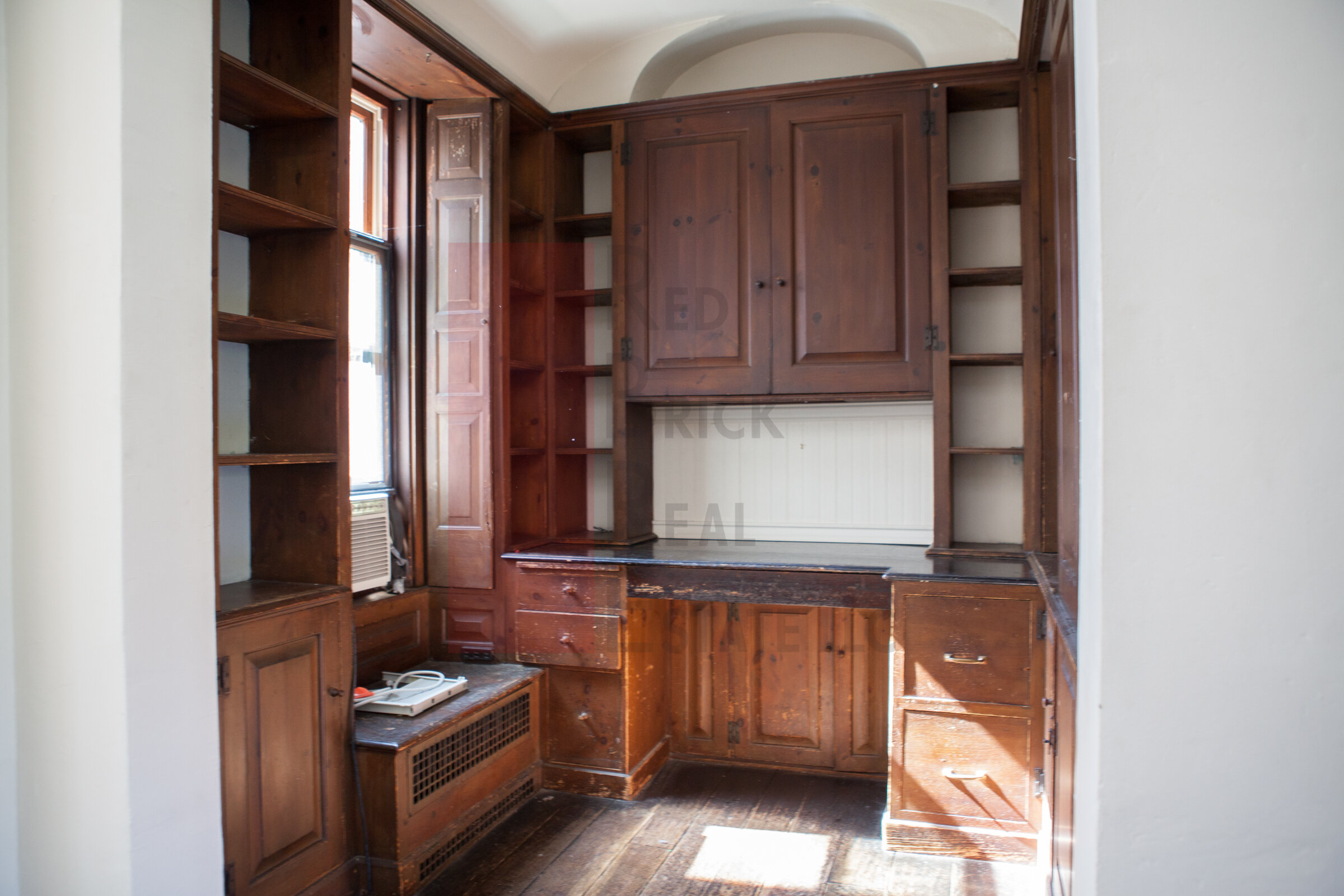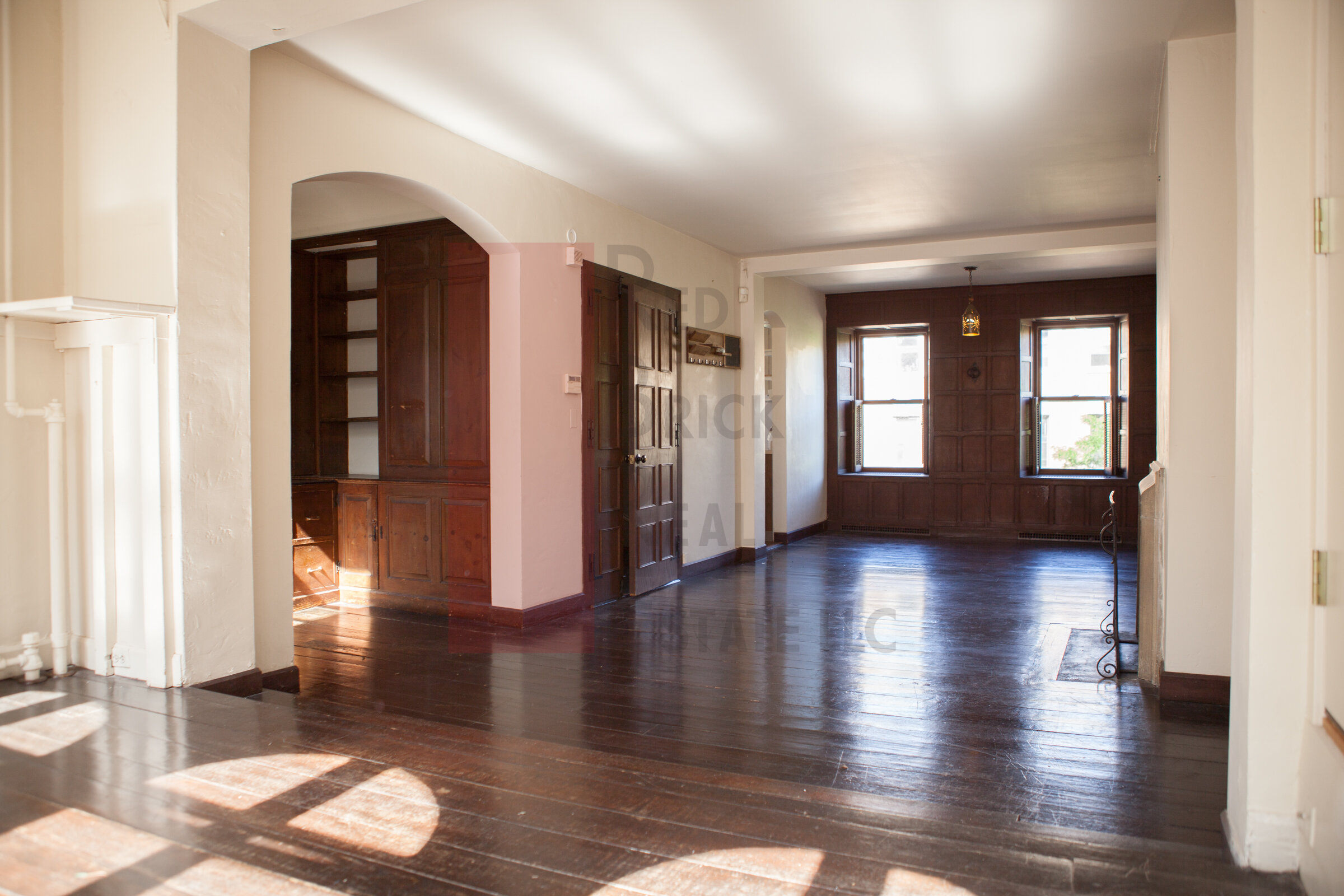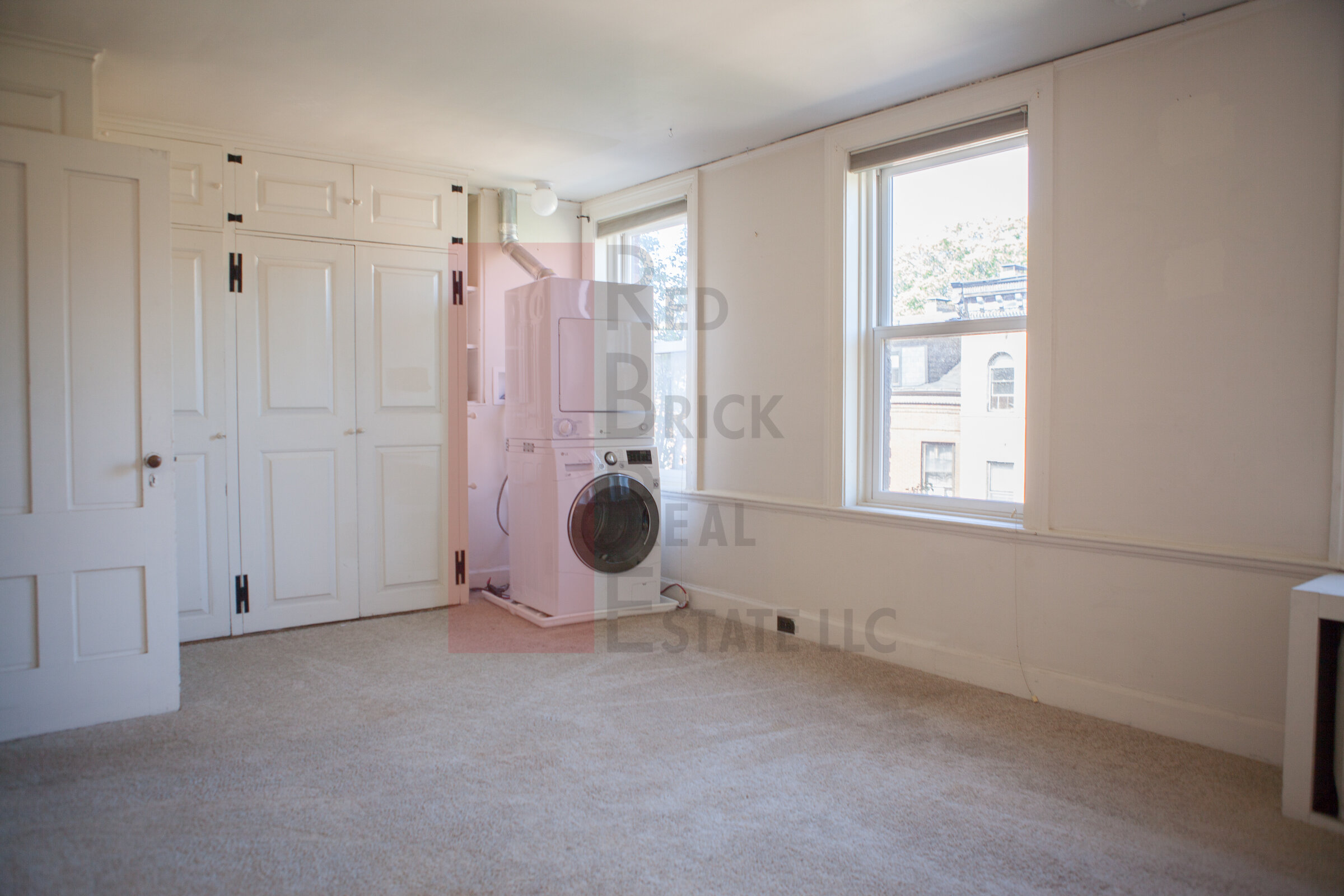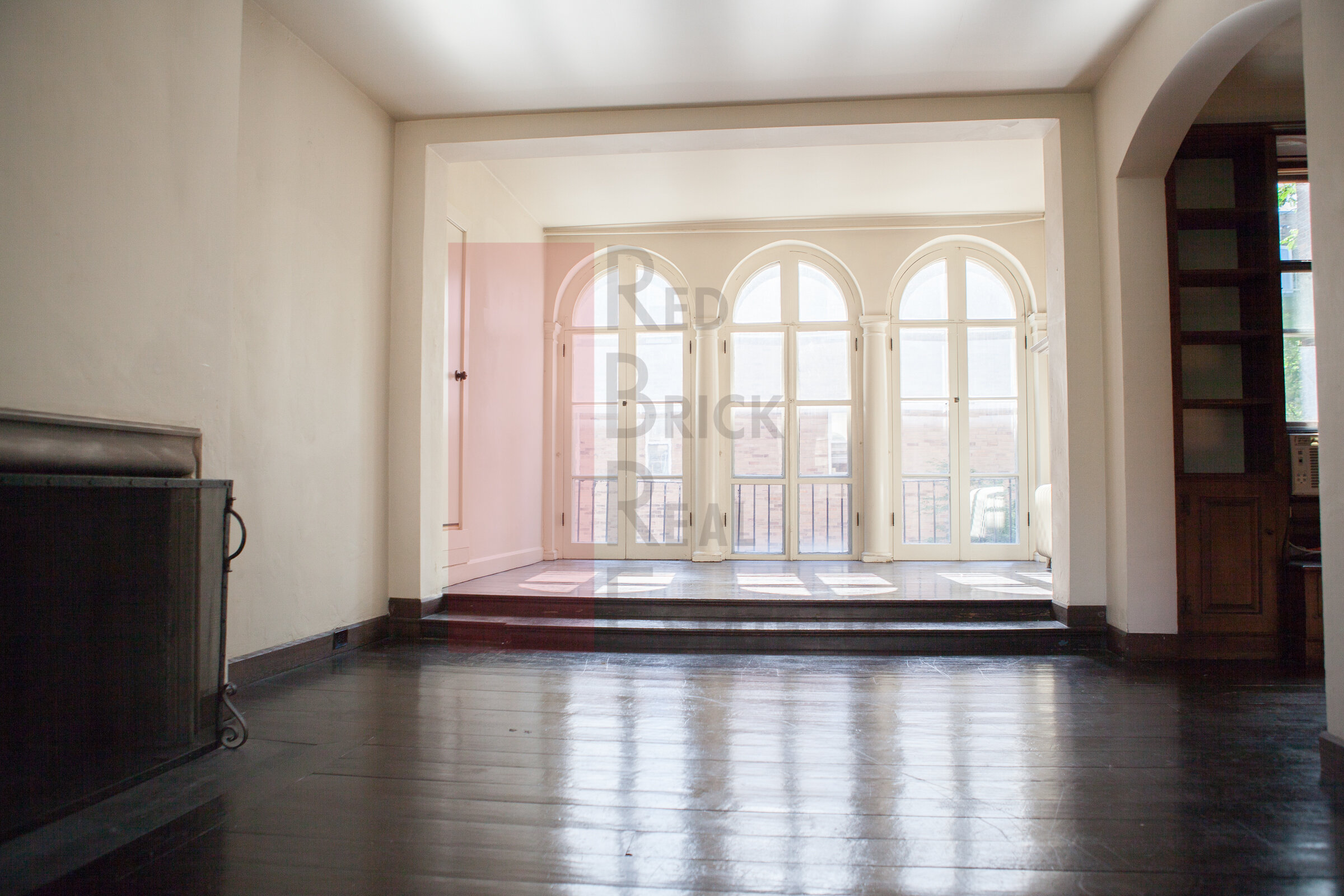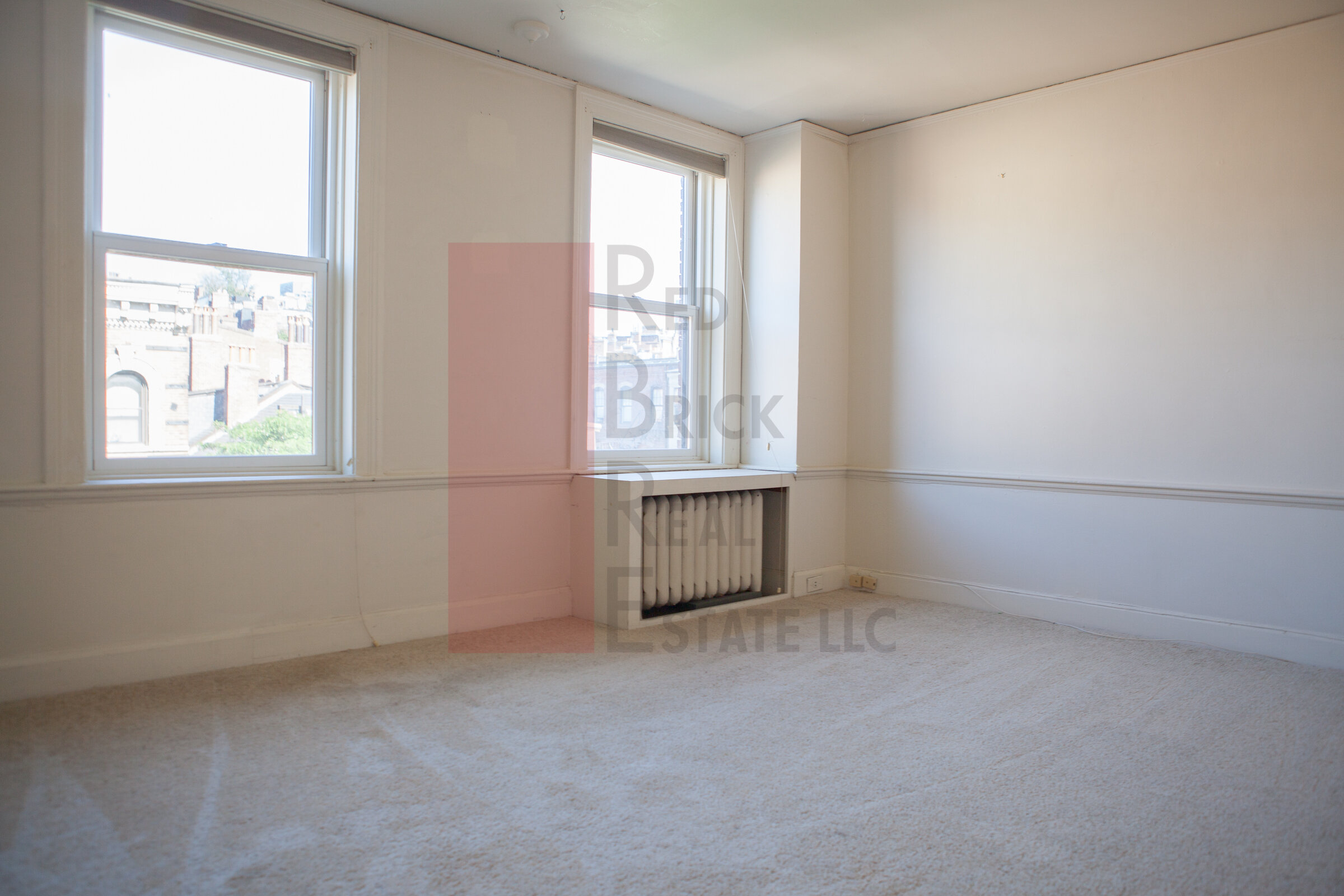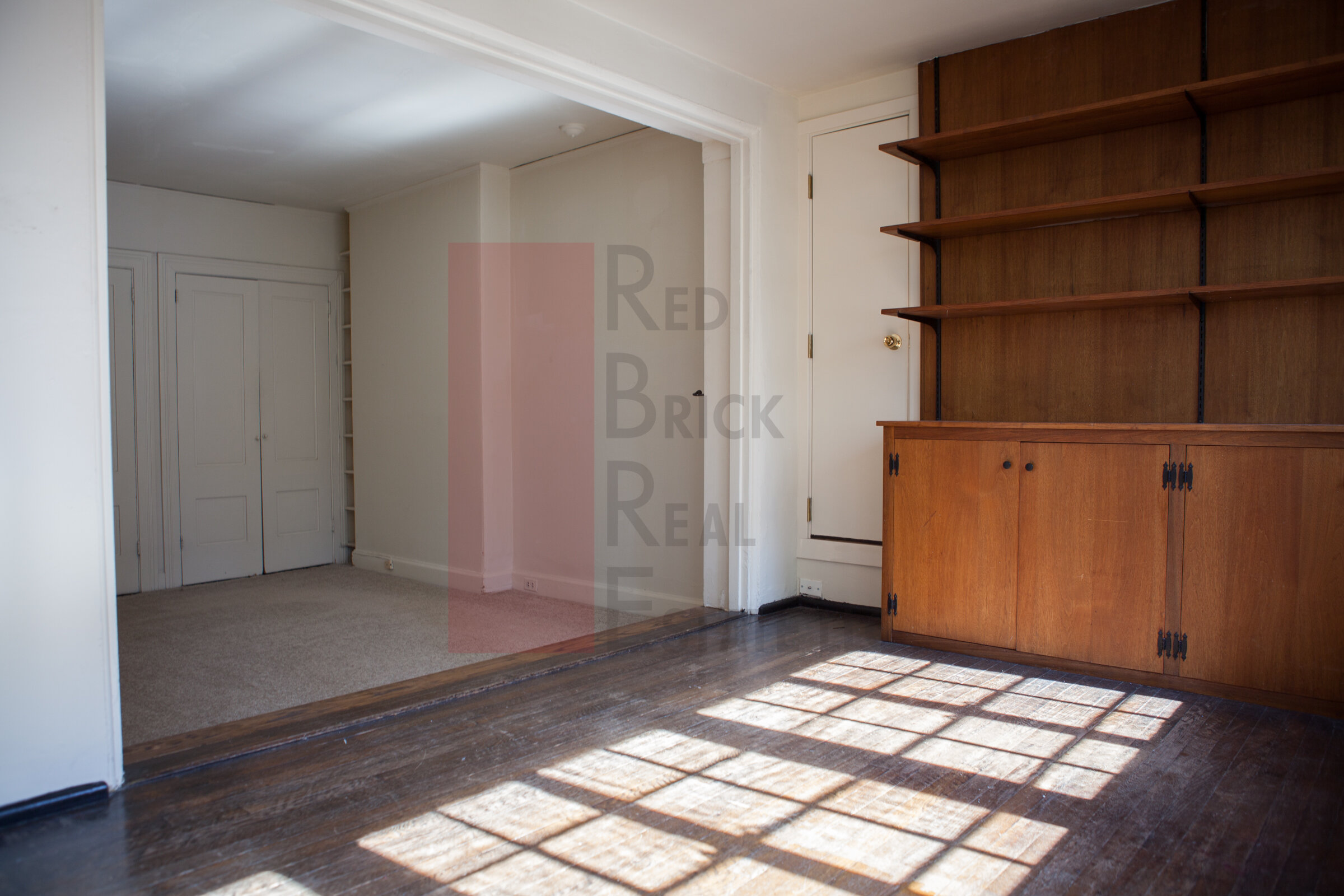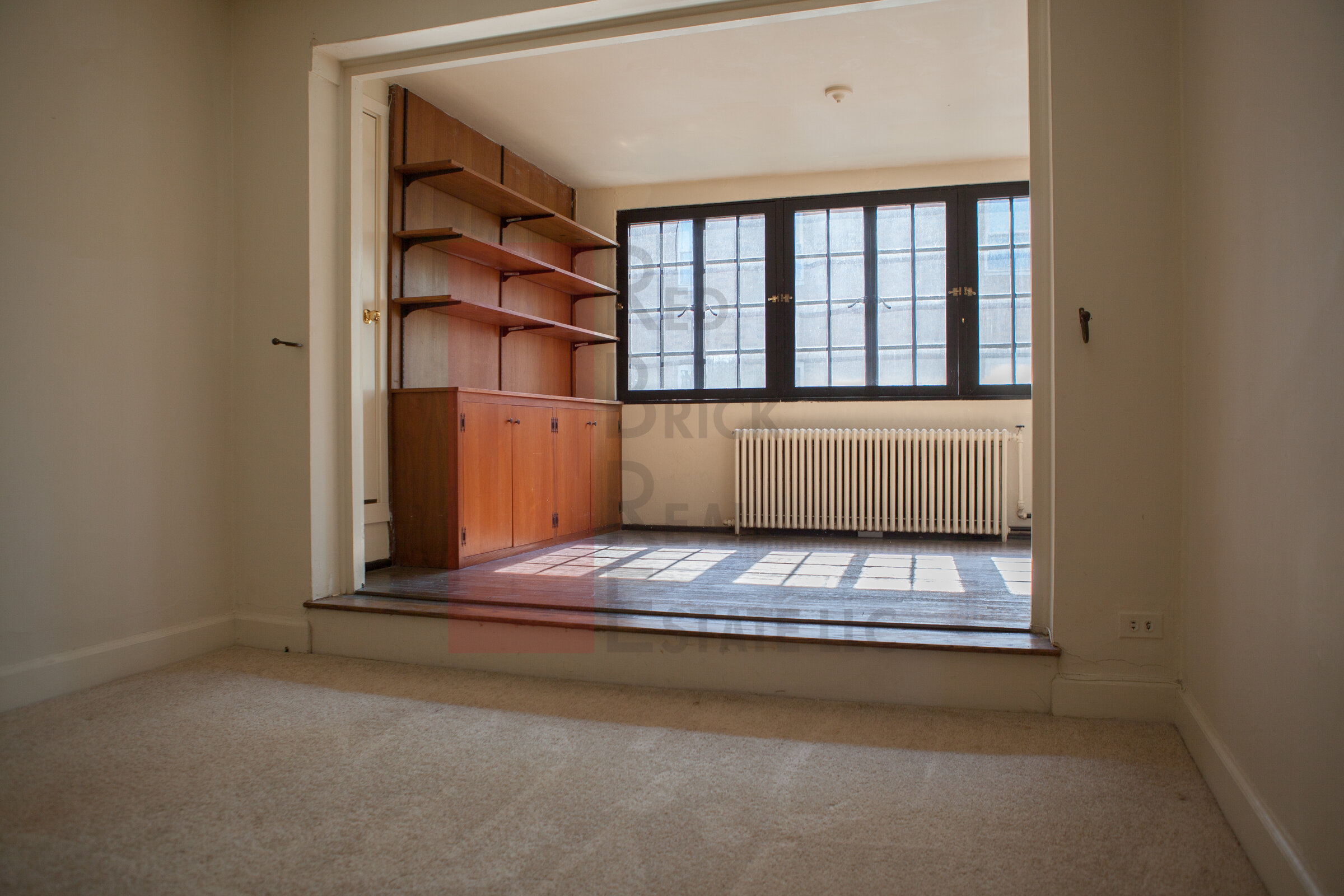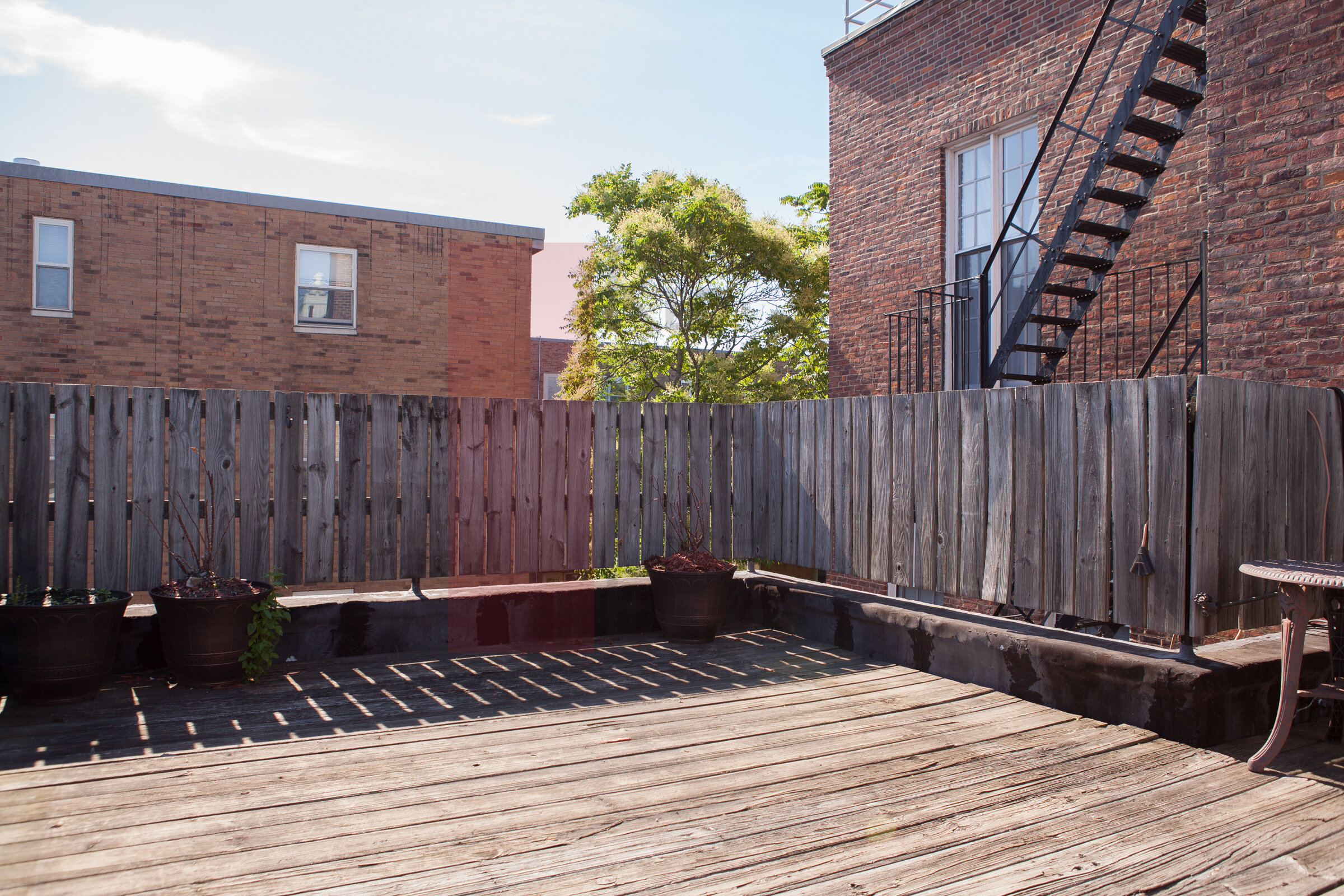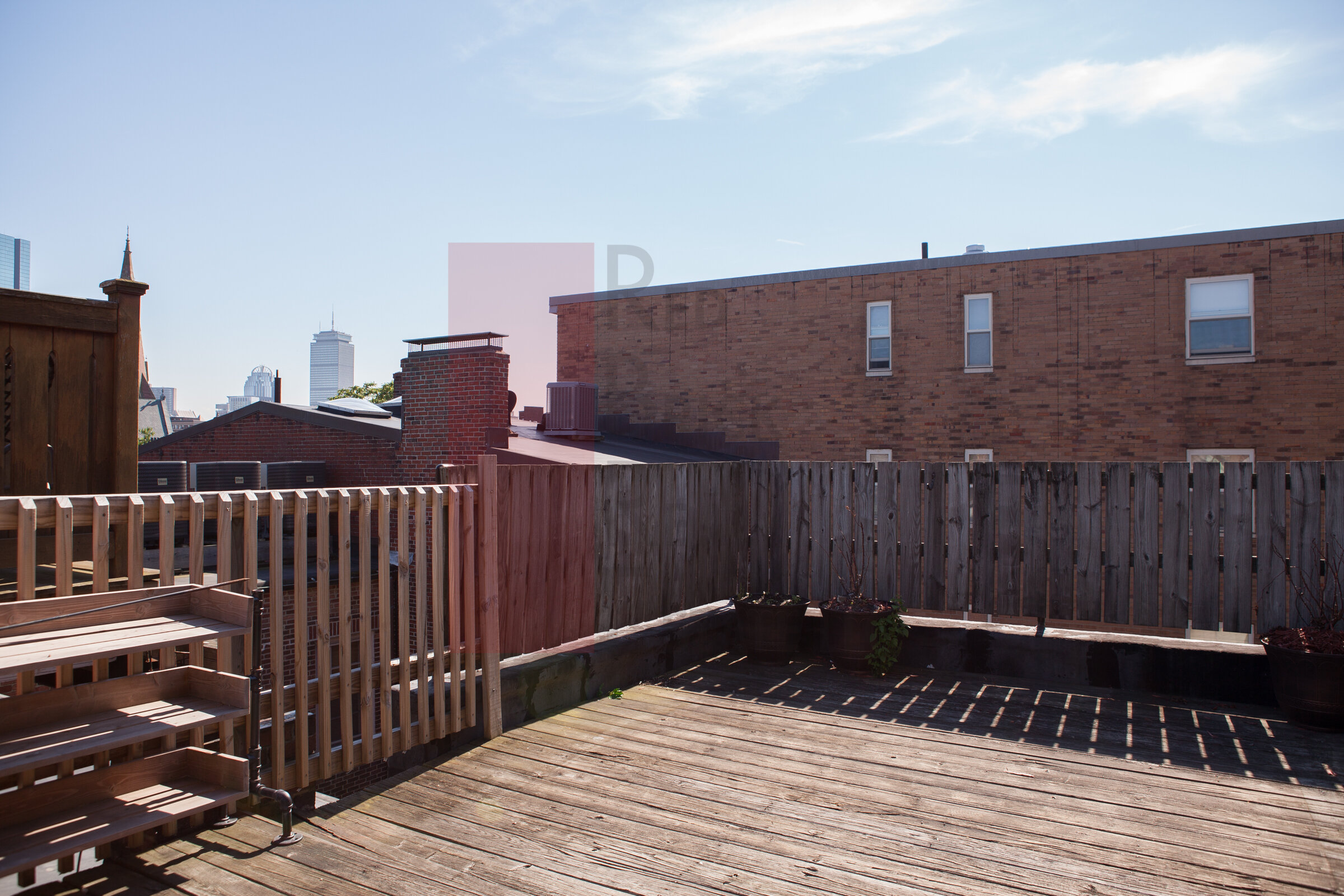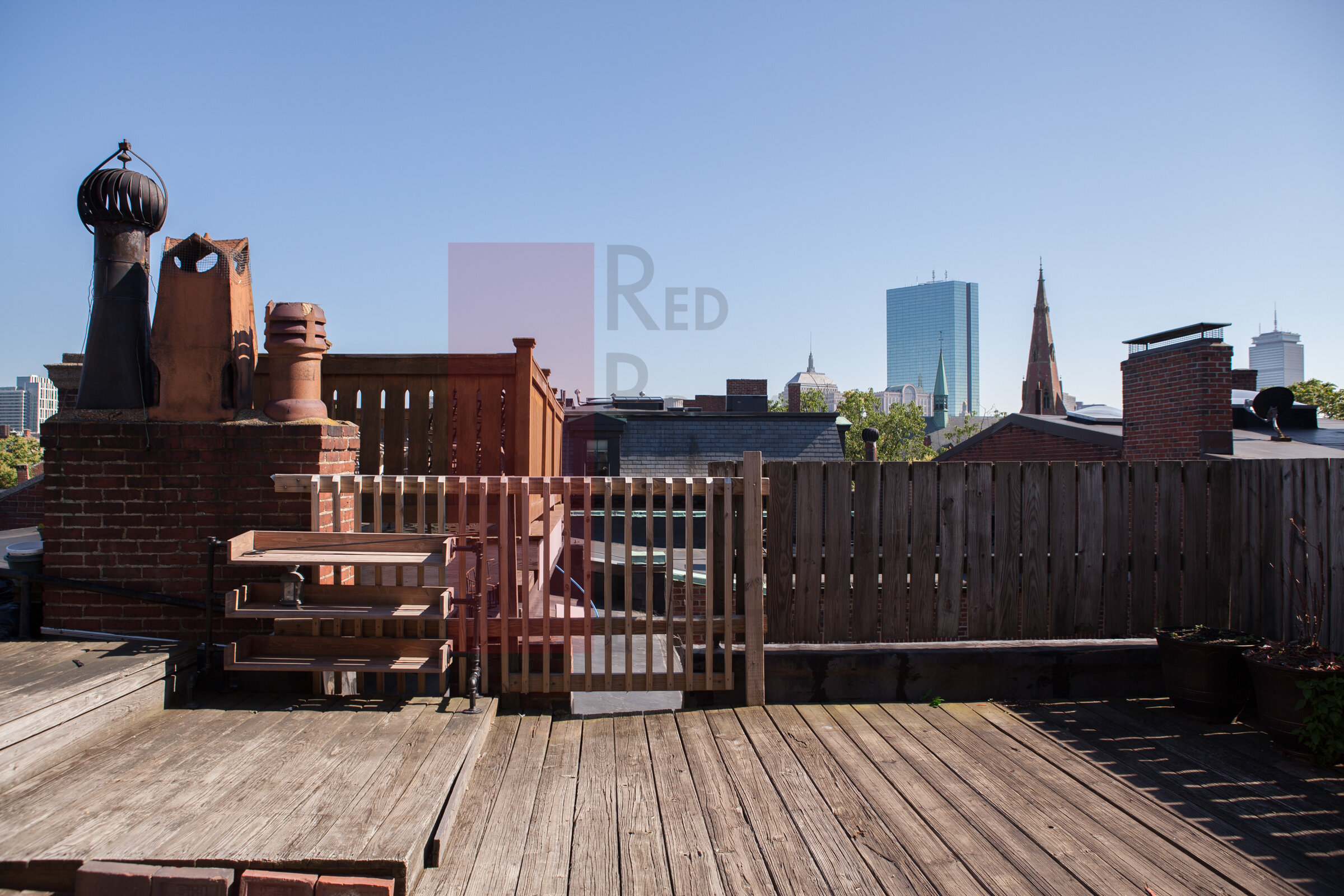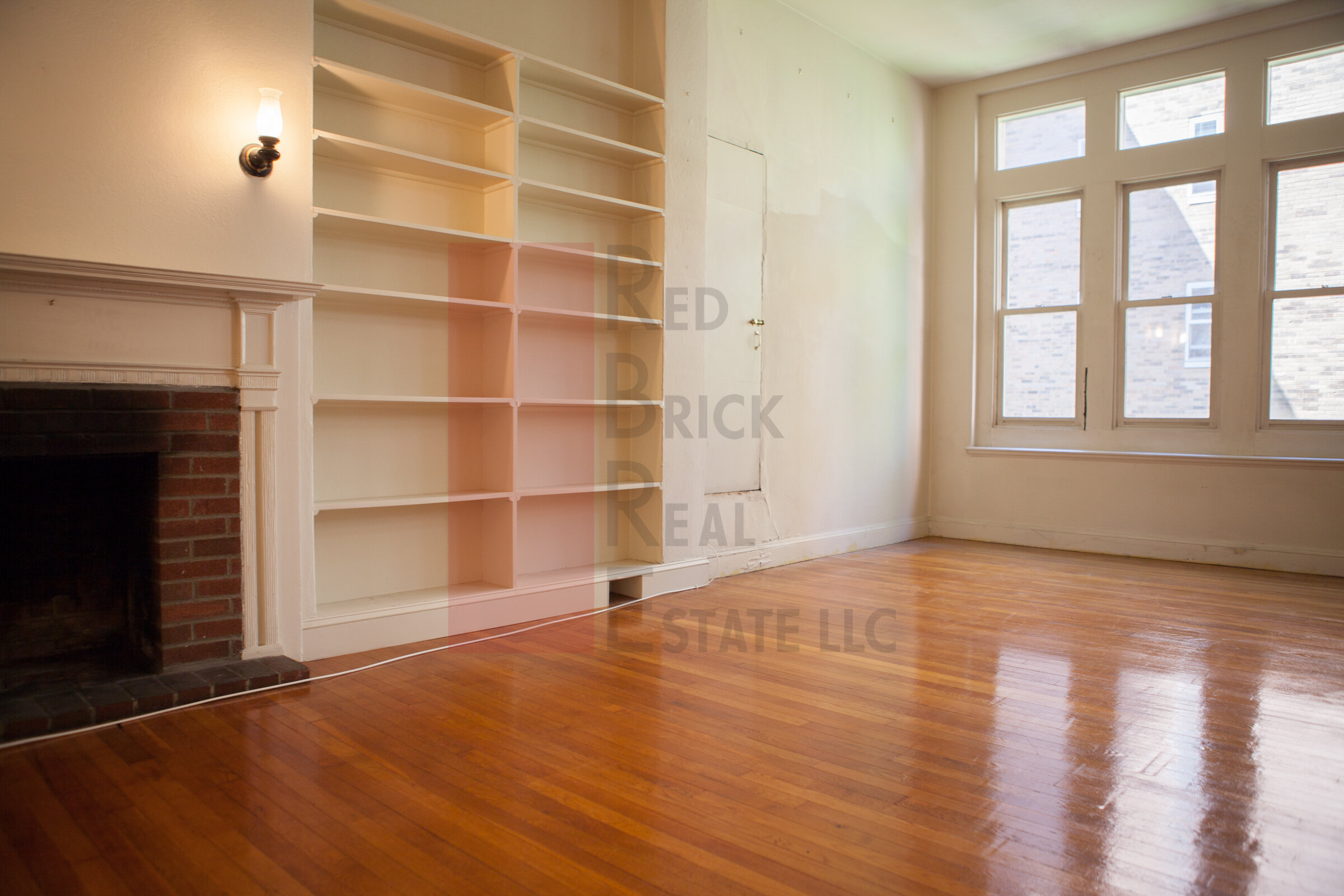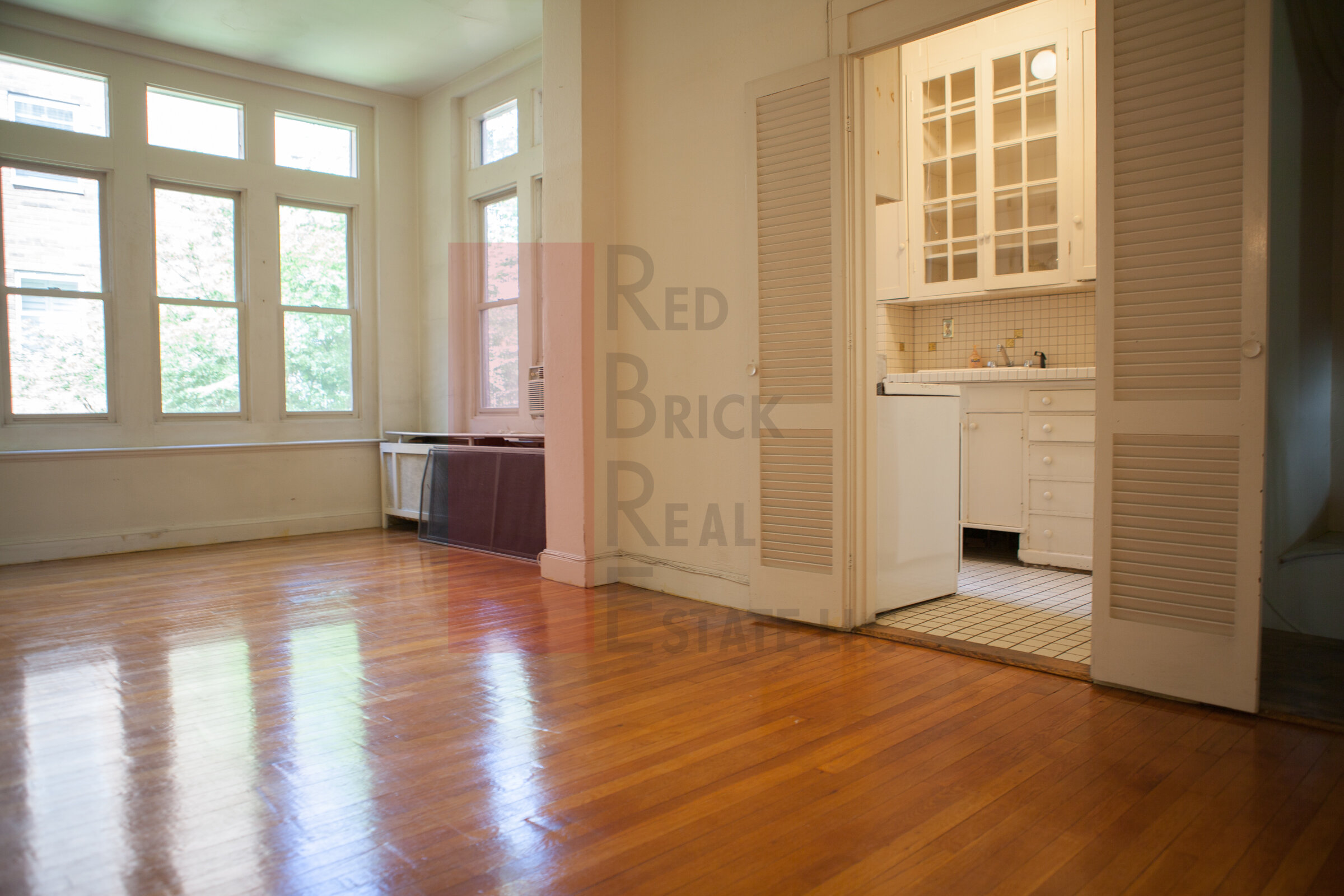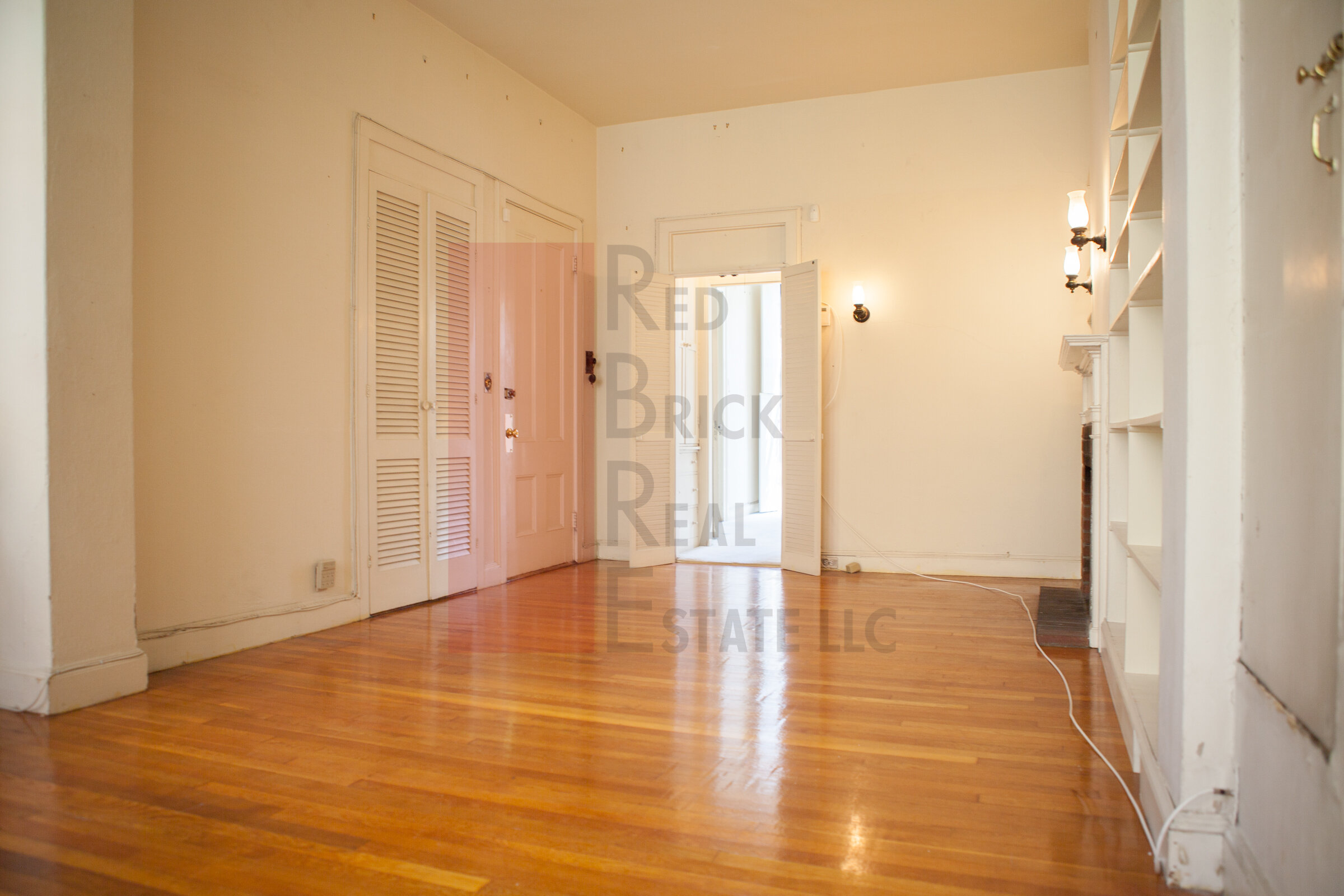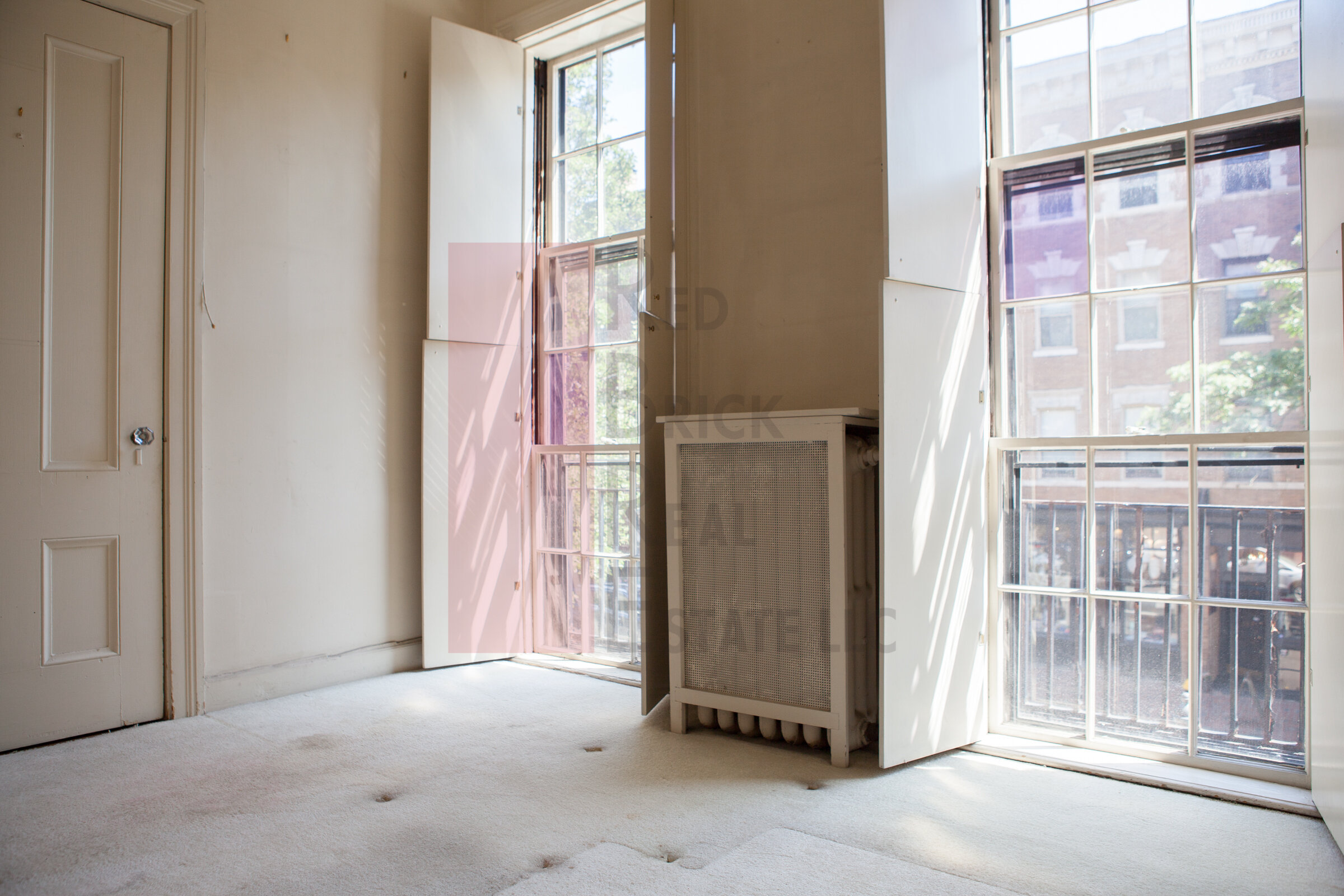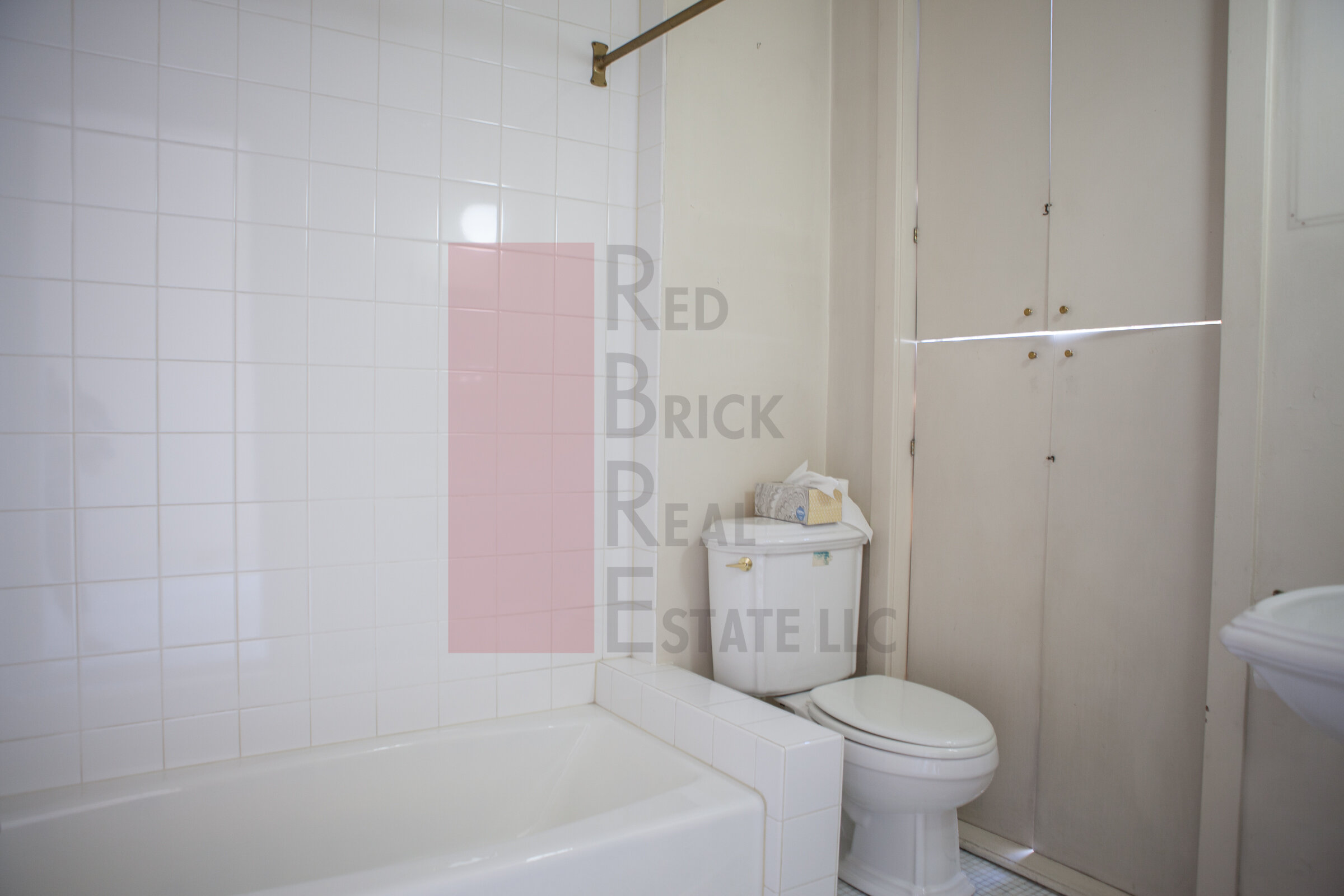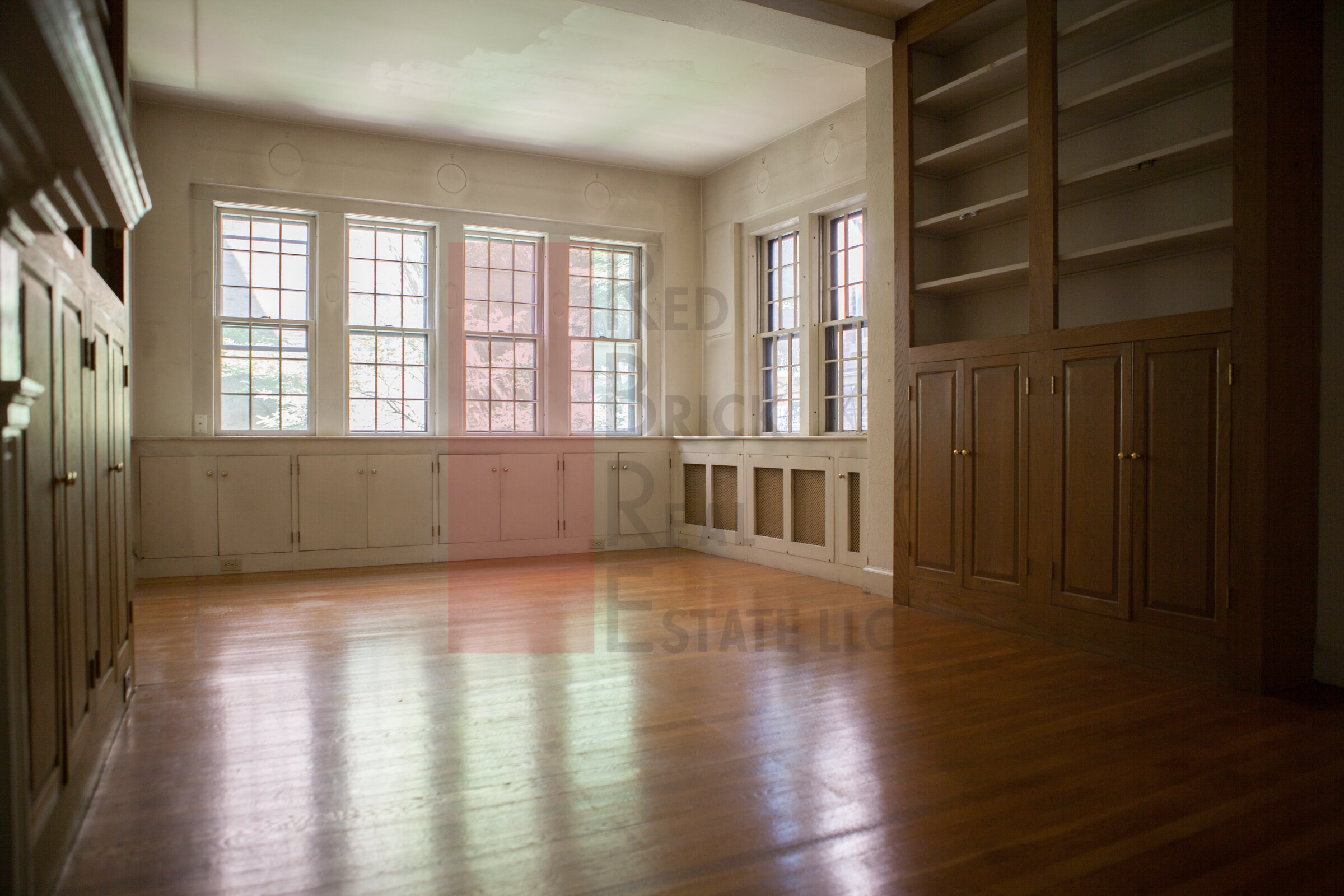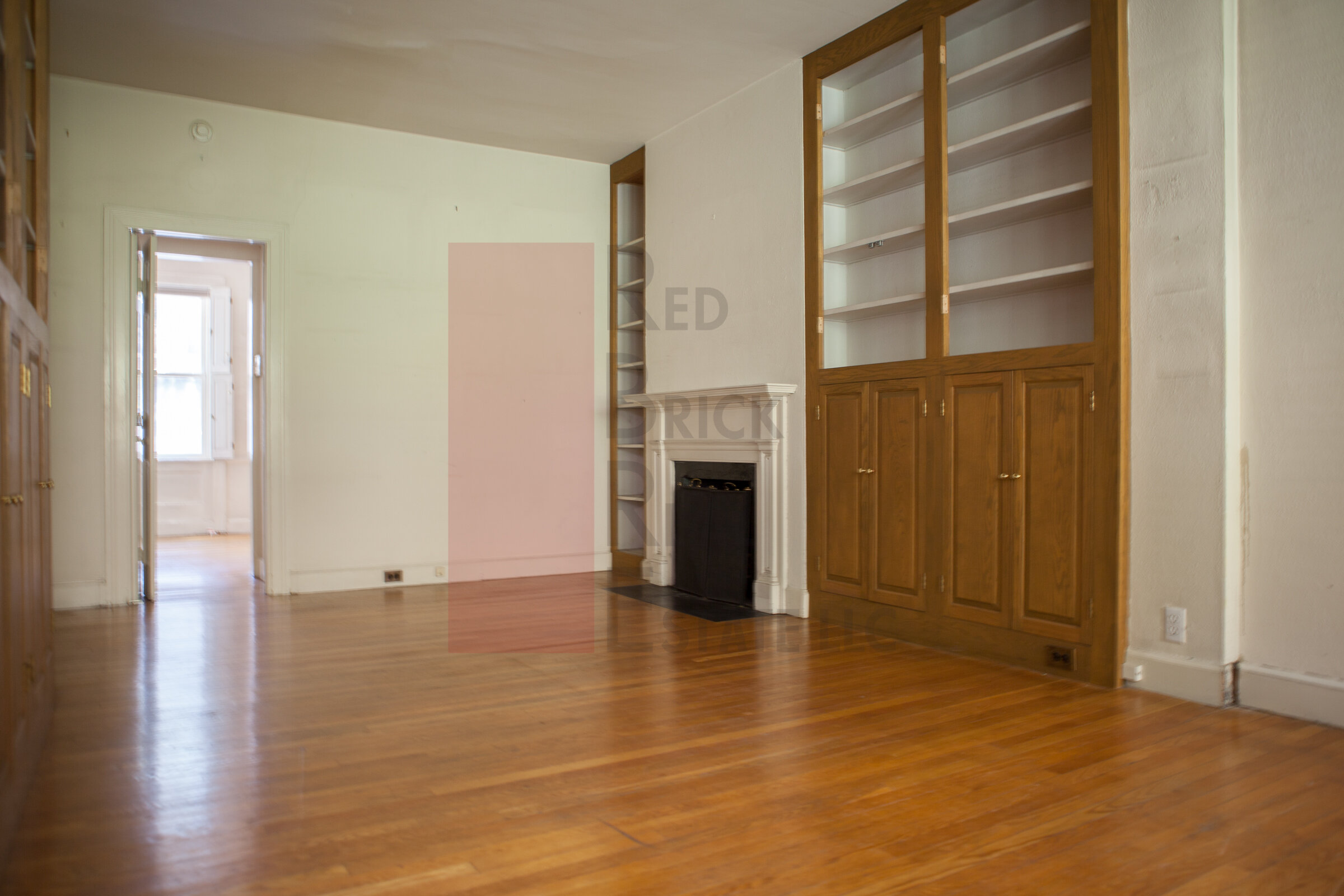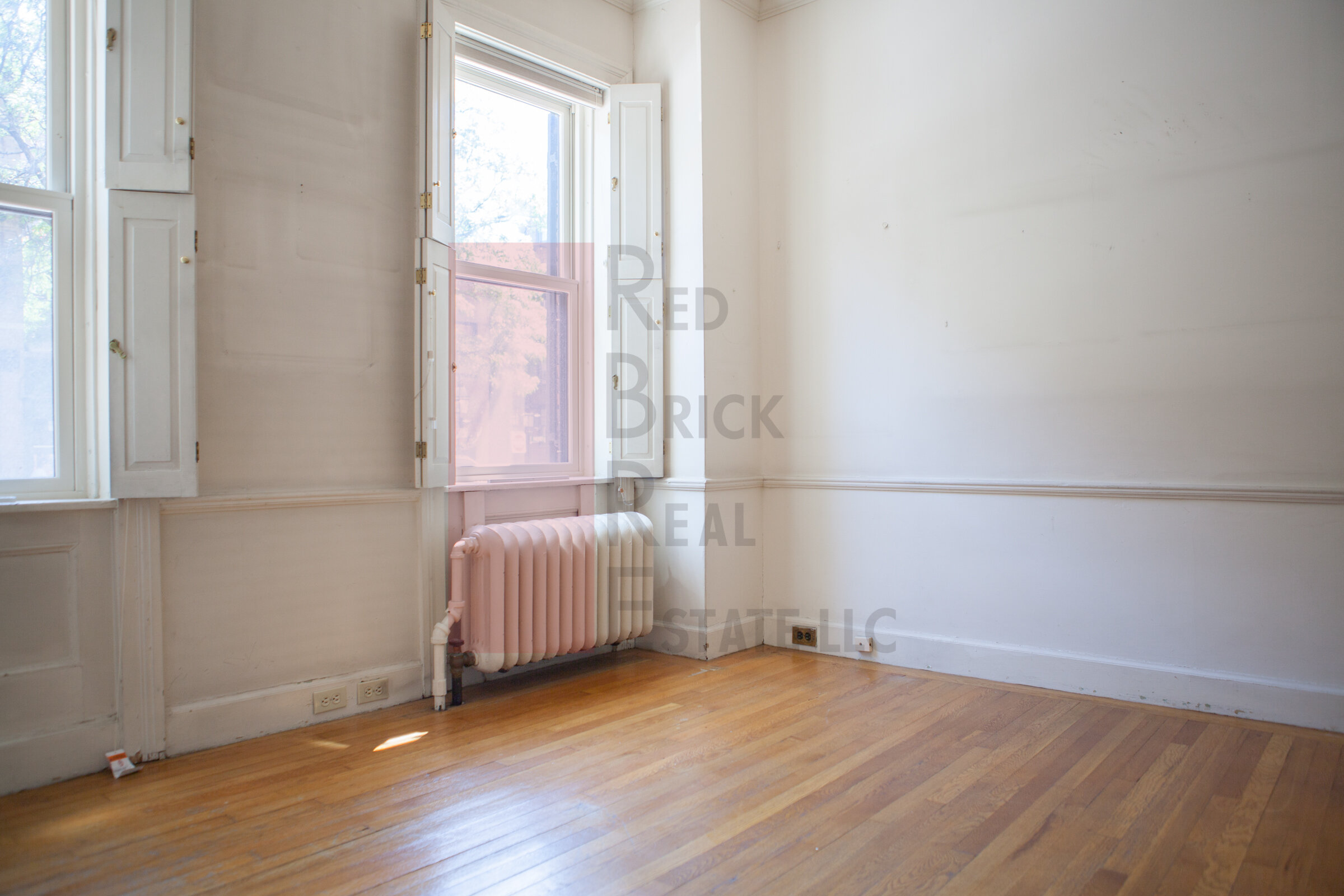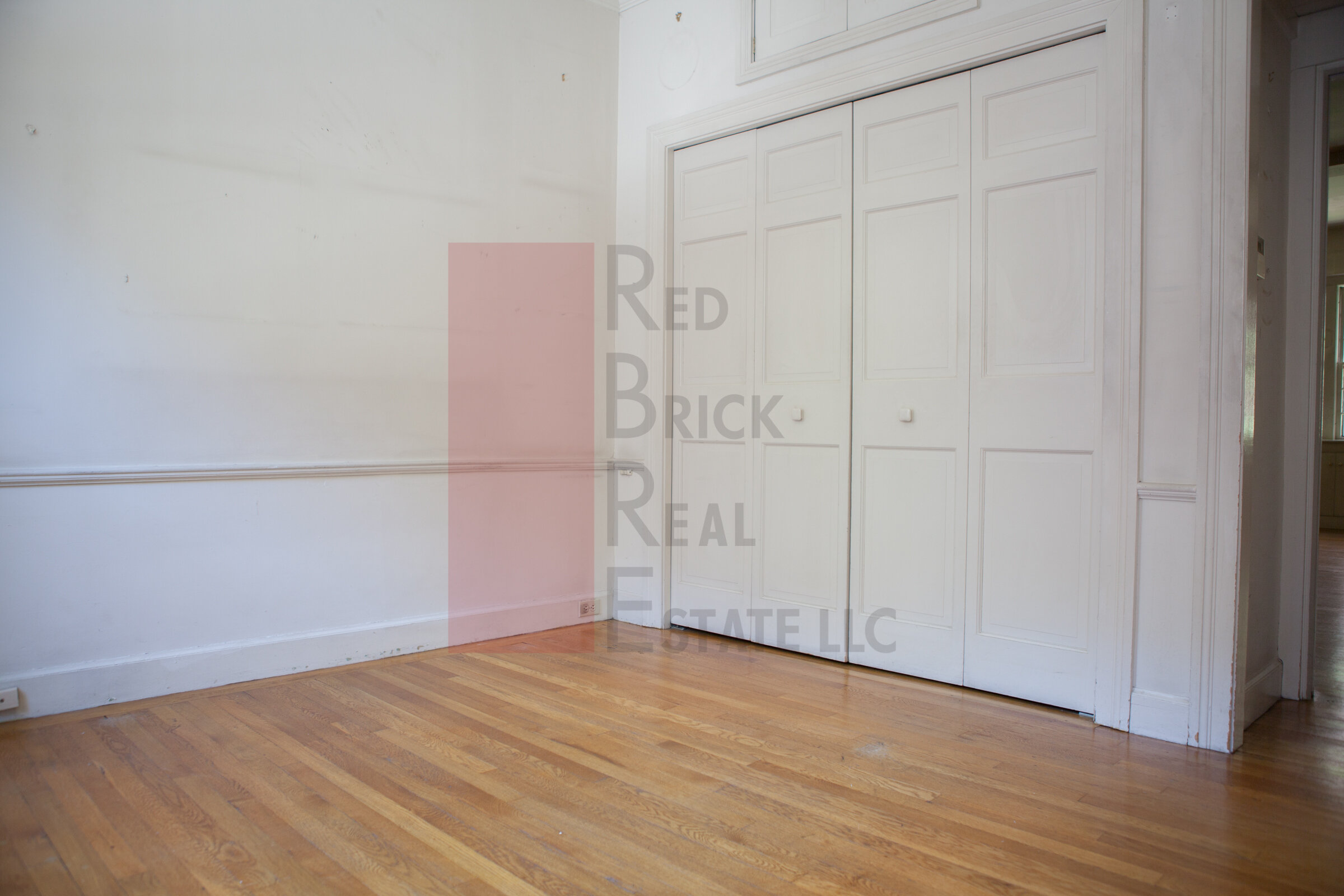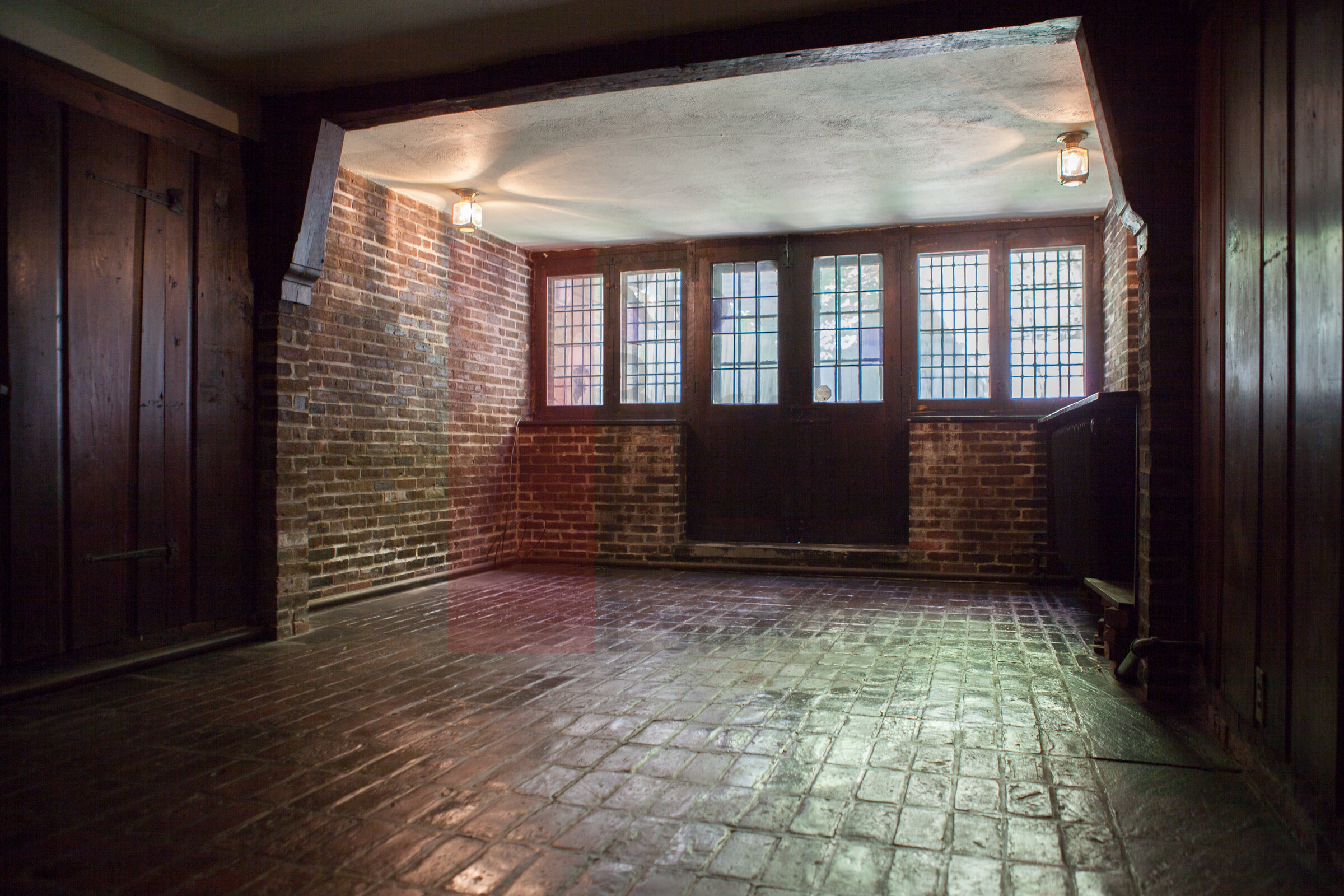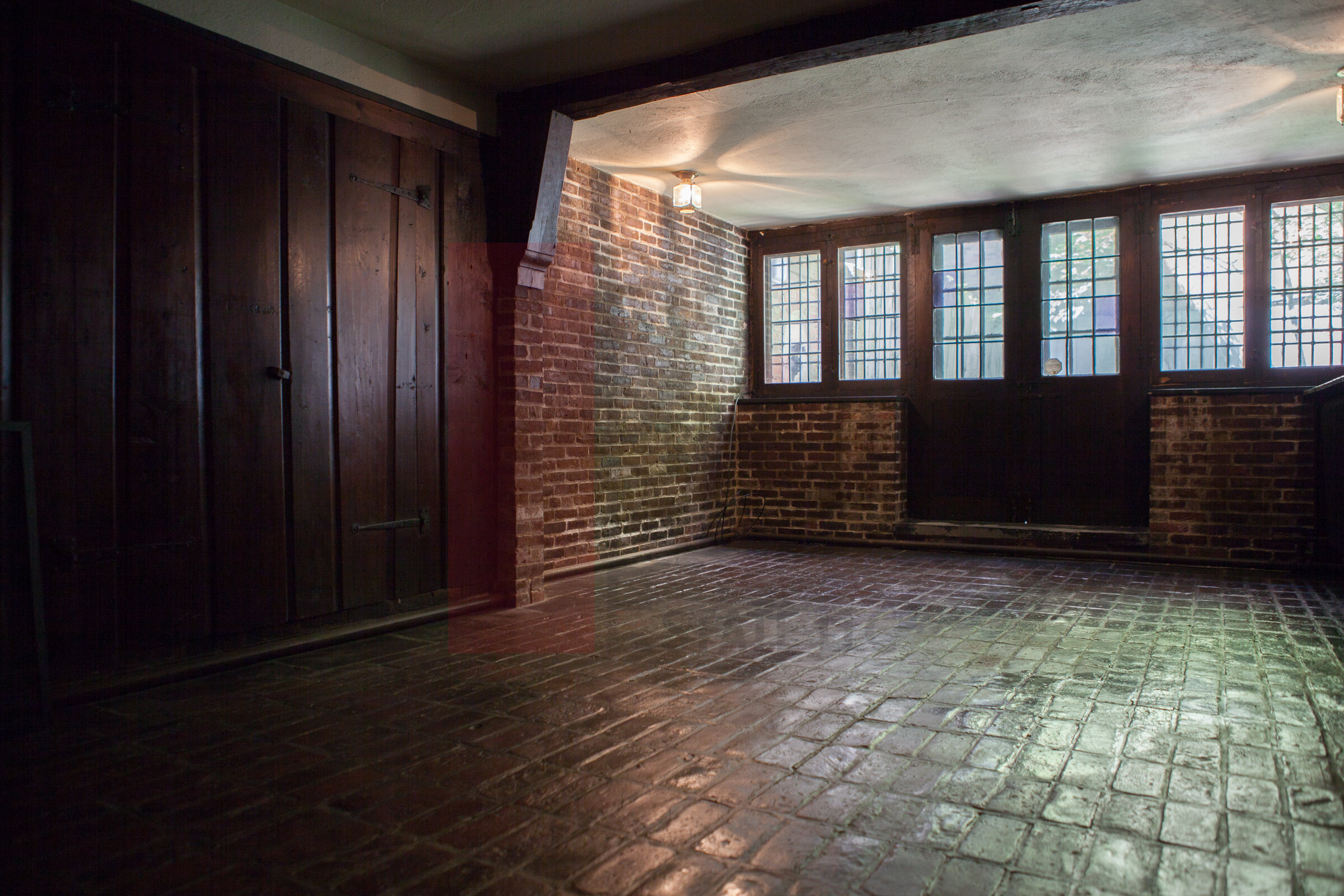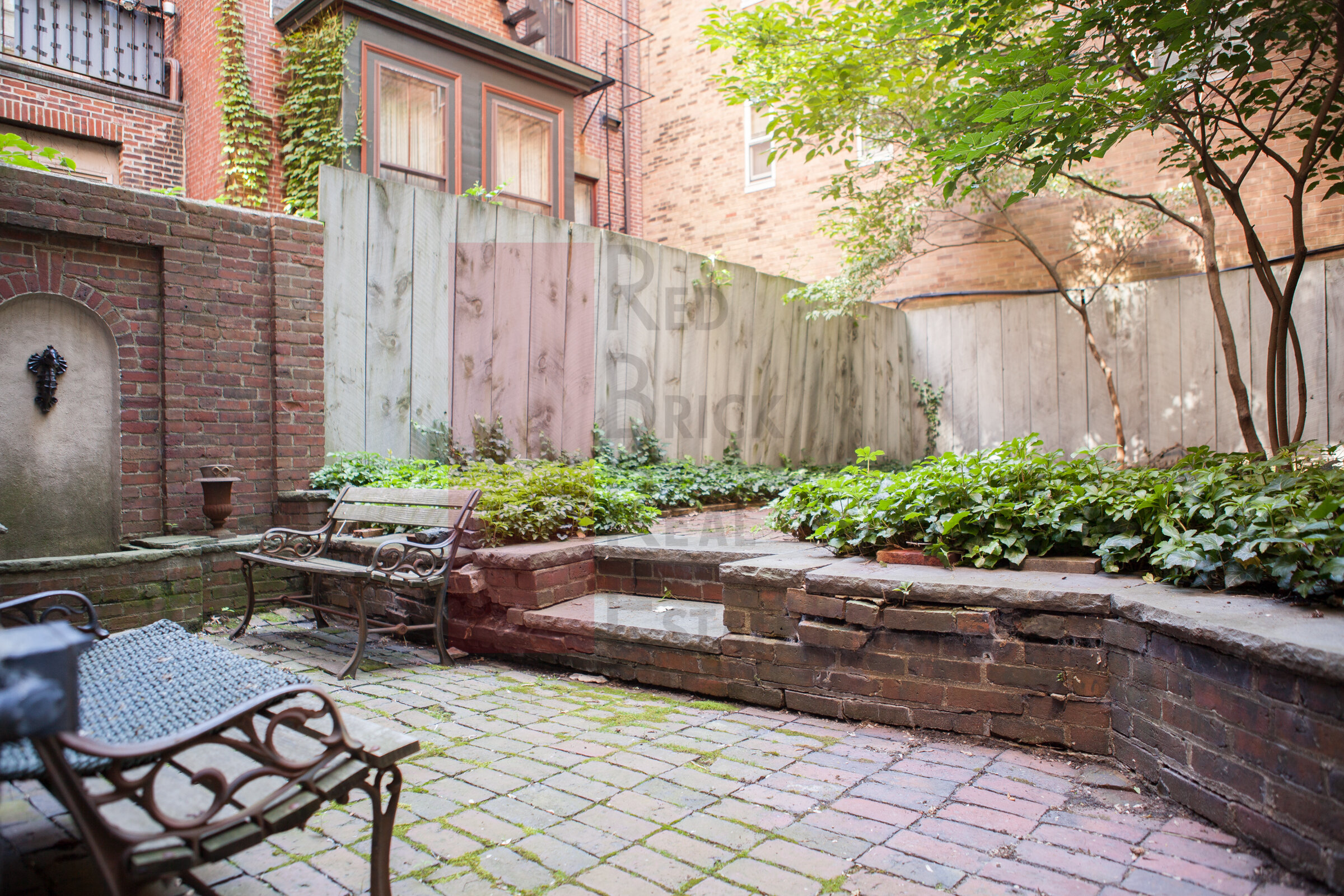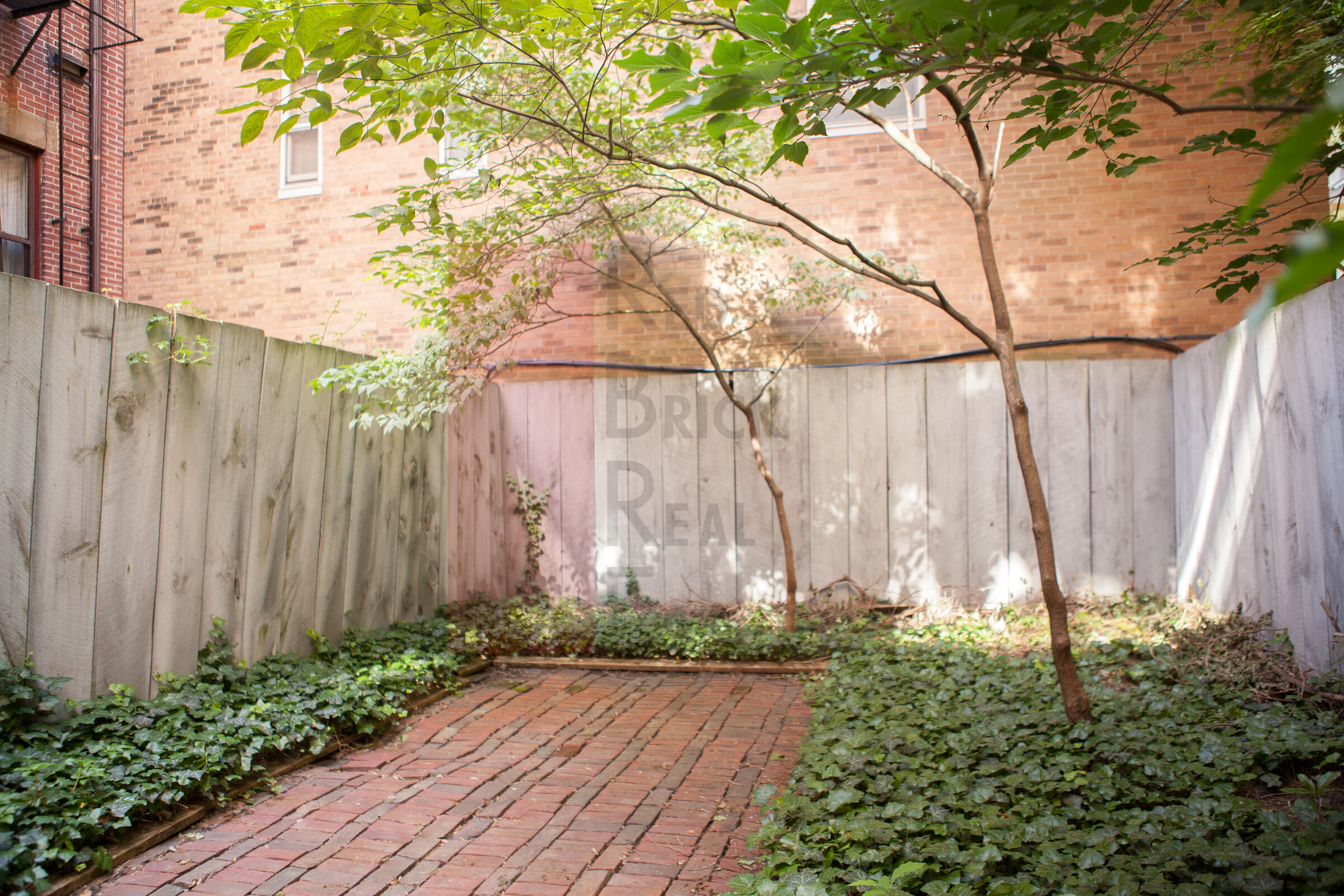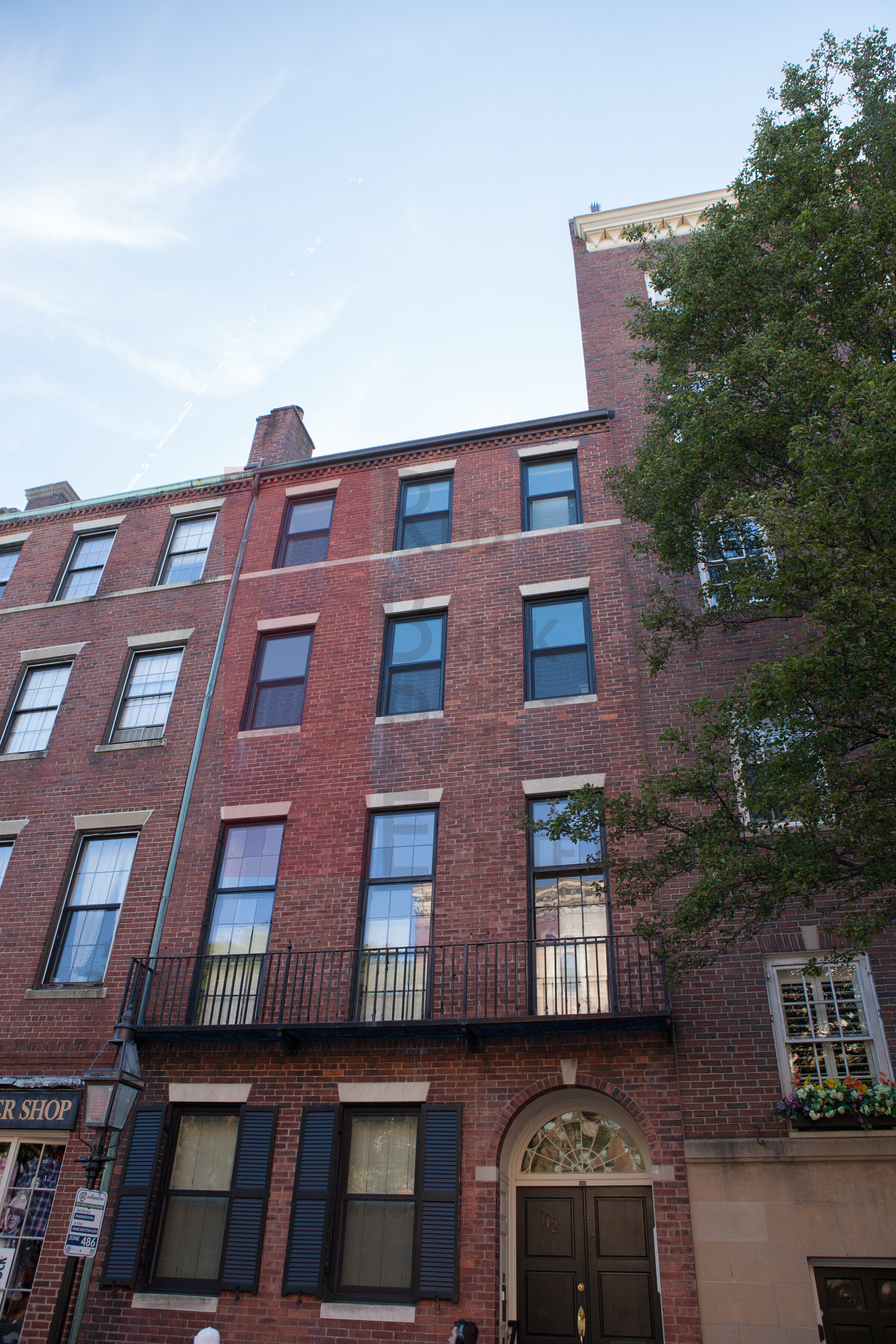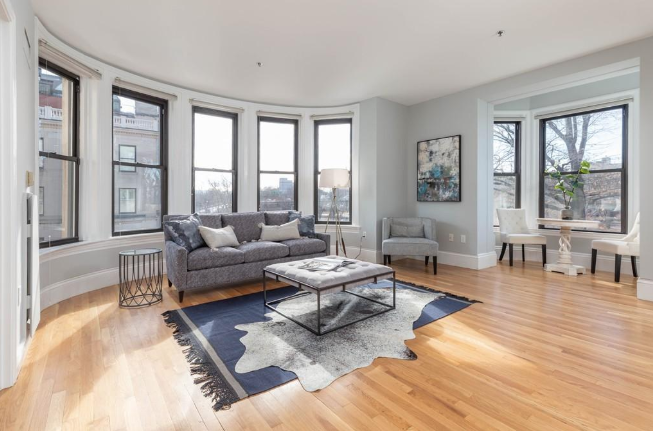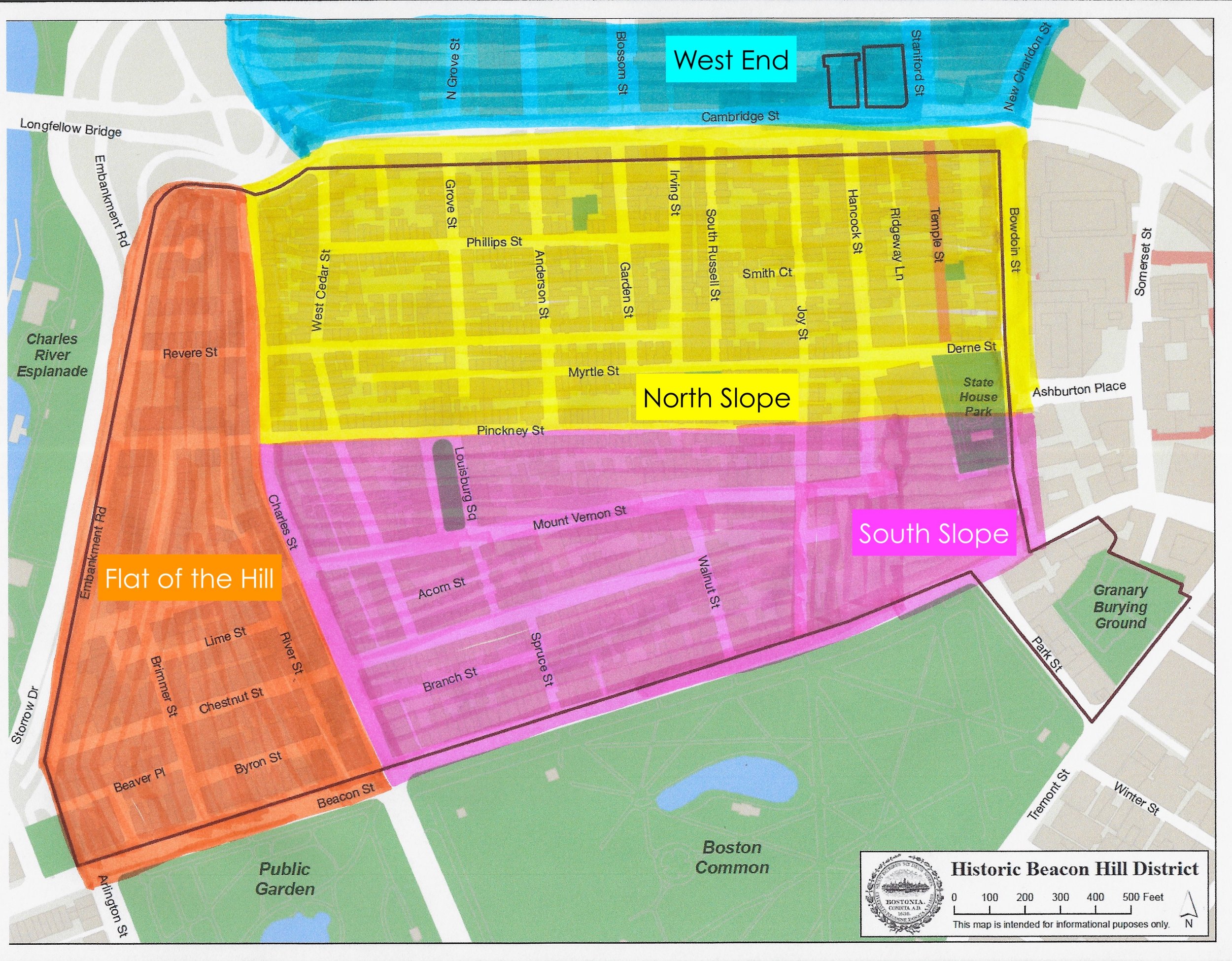Sub-neighborhoods in Beacon Hill can have you scratching your head - why does a neighborhood so small need even smaller groupings of streets? Well like anything here in Beacon Hill, there’s history.
It started in 1795 when our current statehouse was built, marking the beginning of a complete and total transformation of the Hill, which was at that time used for farm land and a few country estates. That same year, several elite Bostonians formed an association called the Mount Vernon Proprietors to develop and plan out what would become modern day Beacon Hill. The three peaks of Beacon Hill were shorn off to create flatter land to build residential housing on, but more importantly to create land where there was once water. Three distinct regions of Beacon Hill were formed: the South Slope, the North Slope and the Flat of the Hill.
The Proprietors developed the South Slope for fellow elite, creating magnificent townhomes for aristocratic residents. They made sure to create a sense of space between the houses, often setting the structures back from the street to allow for green space - making this a desirable area for wealthy residents fleeing the overly crowded North End.
At the beginning of the 19th century when the South Slope began it’s rise to fame, many residents of the North Slope were African Americans who escaped from slavery and who worked as domestic servants for families on the South Slope. The homes were less grand, mostly wooden or small brick building. The African Meeting House became the heart of the neighborhood, and still stands today.
When Slavery was banned in Massachusetts in 1783, the North Slope became a meeting place for abolitionists to meet. It also became an important station on the Underground Railroad. After the Civil War ended though, most African Americans in the area fled due to overcrowding, and were replaced by Eastern European immigrants. The original homes built on the North Slope were torn down and replaced by apartments and rooming houses. Fortunately most historically important buildings still stand today.
Last but not least the Flat of the Hill, a swatch of land created from removing the peaks of Beacon Hill and filing in parts of the Charles River with said land. Charles Street became a hub for businesses and residents alike, and still remains that way today. The “Flat” is noted for it’s desirable location, boarded by the Public Gardens and Charles River.
